Guidelines for Effective Stretching Techniques
Mobility is important in any athlete’s performance and effective stretching techniques will help the success of any Prehabilitation Program.
There are several different ways to stretch- some good, some bad and some just a waste of time. This article will highlight and explain some of the most effective stretching techniques that athletes should add to their Mobility toolbox and Prehabilitation Programs.
Goal: Learn effective stretching techniques to use in PreHab.
This article will teach:
• How effective stretching enhances performance and aids recovery
• Several different effective stretching techniques
• Guidelines for each stretching technique
Improved Performances
Effective stretching techniques will positively affect an athlete’s performance and longevity when combined with Soft Tissue Therapy and adequate Recovery techniques. Effective stretching techniques will help to restore function and integrity to an athlete’s biomechanics as well as help an athlete to optimize Movement Patterns with more efficiency, power and speed that ultimately can lead to improved performances.
Effective Stretching techniques can help athletes improve their performance.
Avoiding Compensation
After periods of intense or prolonged training/competition, an athlete’s mobility can become restricted and limited as knots, adhesions and scar tissue form in the soft tissue. As mentioned in the article about Soft Tissue Therapy, these knots, adhesions and scar tissues are part of the body’s natural way of healing as they form temporary ‘casts’ or ‘splints’ around micro-tears and cellular trauma in soft tissue until the damaged cells can be repaired. Yet, these knots, adhesions and formation of scar tissue will limit and restrict Mobility, which will disrupt the proper function and integrity of an athlete’s biomechanics and lead to compensation strategies that also limit power, speed and efficiency in movement or performance.
Effective stretching techniques help to prevent compensation in movement and reduce the risk of injury.
Restore Biomechanics
After knots, adhesions and scar tissue are addressed with Soft Tissue Therapy, effective stretching techniques can help restore full Range of Motion (ROM) to each joint complex while also returning the appropriate length, flexibility and responsiveness to the soft tissue. These changes will allow an athlete’s biomechanics to return to full capacity and function the way that they are designed to operate, which will lead to more efficiency in movement.
Effective Stretching Techniques and Soft Tissue Therapy will help restore complete function and integrity to an athlete’s biomechanics.
Straighten Striations
Effective stretching techniques can help repair and return the Soft Tissue Striations back to their natural form. The striations in the Soft Tissue dictate the path of kinetic energy through the body. However the build-up of knots, adhesions and scar tissue will force the Soft Tissue to reconnect its cells and drive kinetic energy in divergent paths, which may be chaotic and unorganized in form. Poorly remolded striations will suffer a lose in power output and the ability to coordinate precise movement.
Soft tissue therapy techniques can break up these knots, adhesions and scar tissues, while effective stretching techniques can help restore ‘straight’ and well-organized Soft Tissue Striations that will direct kinetic energy in a smooth and efficient way through the body. ‘Straight’ striations in the Soft Tissue direct kinetic force along naturally efficient ‘lines of action’ and create faster, stronger and more accurate movements.
Effective Stretching Techniques and Soft Tissue Therapy help to maintain the natural structure of Soft Tissue Striations that will maximize an athlete’s power and coordination.
Optimizing Movement Patterns
A Movement Pattern is a continuous series of individual positions that operate together to complete a specific task or goal. All Movement Patterns are task oriented and constructed upon the capacities of a person’s biomechanics. Any biomechanical weakness or dysfunction in any one position will affect the production of the entire pattern. Also, all Movement Patterns have a distinct ‘beginning and end’ or ‘start and finish’ positions.
Examples of Movement Patterns-
These examples highlight the ‘beginning and end’ positions of these task-oriented exercise Movement Patterns of a Pull-up, Bench Press and Squat.
Each of these exercises employs a Movement Pattern that is a series of continuous positions organized together to complete a specific task.
Exercise vs. Life-
Human Movement in life is also constructed with Movement Patterns. These movements are also a serious of positions that have a clear ‘beginning and end’ and are organized to complete a specific task, such as standing up from a chair, walking or picking a baby up off the floor. However, the tasks or goals for Movement Patterns in ‘life’ tend to differ from that from the task or goal for Movement Patterns that are embodied in exercises.
Exercises are designed with a fundamental purpose of strengthening or conditioning the body in a deliberate way. While ‘life’ uses movement each and everyday to complete thousands of specific tasks that may not even seen like a ‘movement.’ For example, reaching out to open a door is a pattern as is strapping on a seat belt. Once a Movement Pattern is recognized, it can be evaluated and enhanced, even if it is not an ‘exercise.’
Even though the intention and purpose may differ, both life and exercise use Movement Patterns to create Human Movement.
Shaped by Biomechanics
In each exercise, there are clear ‘start’ and ‘finish’ positions in an addition to a number of other positions in between. Each position in the Movement Pattern will have an effect on the quality of the Movement Pattern as a whole. Each and every position within a Movement Pattern is created and shaped by an athlete’s biomechanics, which represents the complex and dynamic relationship between joints and tissues. Therefore, the quality of function and integrity of an athlete’s biomechanics will greatly affect the construction of a given Movement Pattern.
Effective Stretching Techniques positively affect an athlete’s biomechanics that shape each and every position in any Movement Pattern.
Maximize Speed, Power and Efficiency
When an athlete’s biomechanics function properly, the athlete can form strong individual positions in any Movement Patterns that will maximize the efficiency throughout the entire Movement Pattern. This also means that the athlete is able to create any movement with as little effort as possible. Yet, this does not limit the amount of effort that the athlete can exert while creating a Movement Pattern. In the end, an athlete with fully functioning biomechanics can be more economic with effort and energy, which can help maximize speed, power and efficiency in any Movement Pattern.
Effective Stretching techniques and Soft Tissue Therapy will help athlete be more economical with effort and energy, which can help maximize speed, power, and efficiency in any Movement Pattern.
Closing the Margins
With functional biomechanics and a full Range of Motion, an athlete has the capacity to execute any Movement Pattern with maximum efficiency and provide an opportunity to improve one’s own performance. However, an improvement in performance is not guaranteed, especially for highly skilled and experienced athletes. ‘Improvements in performance’ are marginally correlated to the level of skill and experience of each athlete. ‘Beginner’ athletes have the largest potential for improvement on each and every rep. Yet, as skill and experience increase, the potential for improvement becomes decreasingly marginal on each rep, but not non-existent.
In other words, an Olympic athlete may set a new ‘personal record’ or ‘personal best’ in his or her event, in which the improvement is only marginal. In fact, the ‘improvement’ may just be measures in millimeters, grams or hundreds of a second. While a beginner athlete can potential set new personal record each month or each week even and their improvements can be measures in inches, pounds and minutes.
The potential for ‘Improvement in Performance’ is relative to the level of skill and experience of the athlete.
Opportunity Counts
Even though the potential for improvement will decrease as the athlete’s skill and experience increases, every athlete can create the ‘opportunity’ for improvement by continually restoring their biomechanics and optimizing their Movement Patterns. Compensation patterns and deficiency will continuously threaten the performance of every athlete, especially when preventative measures are not incorporated into a training program.
Prehabilitation provides athletes with more opportunities to improve their performance by restoring biomechanics and optimizing Movement Patterns.
Prepare and Prevent
The more that an athlete incorporates PreHab, effective Recovery methods and other preventative techniques into their training program, the more opportunities an athlete will have to master a given skill, movement or exercise. Failure to maintain integrity and function in one’s biomechanics will invite compensation patterns into one’s movement, which eventual will rob an athlete of proper mechanics of any given Movement Pattern and diminish any potential to improve a particular performance.
Athletes need to prepare their bodies to perform by evaluating and addressing their movement quality or possibly prevent opportunities for improvement.
Visualize
Stretching also provides an athlete an opportunity and time to practice the technique of ‘visualization,’ which is the process of imagining every moment and aspect of one’s performance. Visualization is a powerful tool for athletes as it helps to enforce or ‘hard wire’ specific neurological patterns that can automate specific movement skills and Movement Patterns that are essential to a given performance.
Michael Phelps is an Olympic Champion that practices the technique of visualization as part of his training.
An example of the usefulness of visualization comes from the Beijing Olympics where USA Swimmer Michael Phelps competed in the 200m freestyle event – practically blind. Phelps dove into the pool to start the race and the impact with the water dislodged his goggles. Within a few meters, Phelps could not see anything. However, Phelps continued on and eventually went on to win the event because of the in-depth familiarity he created with the event through a long practice of visualization.
Stretching provides an opportunity for an athlete to visualize every position of a winning performance.
Stretching Aids Recovery
Stretching will also help an athlete to recovery from training and competition. All to often, an athlete will endure temporary restrictions or limitations in their biomechanics as their soft tissue experiences cellular trauma and loses its ability to properly function. Adhesions and scar tissue will quickly form in the soft tissue to act as temporary ‘casts or splints’ until the body can repair all of the cellular damage that was caused in training or during a competition.
Training and Competition create knots and adhesions in the body that restrict circulation and prolong recovery.
Recovery Requirements
In order for an athlete to fully recovery and repair all of the cellular damage that occurs in training or during a competition, nutrition and circulation are key. The athlete needs nutrients to repair cellular damage, a process that can take 24-48 hour to complete. However, cellular repair and full recovery slows down when circulation in the body is constricted due to ‘tightness,’ ‘stiffness’ other factors that limit the Mobility of an athlete.
Stretching improves circulation through the body and aids cellular repair.
Return to Training
Since effective stretching will improve circulation, more nutrients can be delivered to damaged cells in the Soft Tissue in less time. Not only does this sequence accelerate protein synthesis and cellular repair, consistent and effective stretching can help create a ‘homeostasis for adequate recovery.’ In other words, the habit of stretching will provide the opportunity for the Soft Tissue to become more efficient in important physiological functions, including protein synthesis, oxidative buffering and the delivering of essential nutrients.
Stretching helps athletes’ body to become more efficient in Recovery.
To learn more about Recovery, CLICK HERE
http://www.bengreenfieldfitness.com/2013/06/how-to-recover-quickly-from-workouts/
http://breakingmuscle.com/mobility-recovery/7-essential-elements-of-rest-and-recovery
http://www.coreperformance.com/daily/recovery/5-recovery-secrets-of-endurance-athletes.html
http://www.gssiweb.org/Article/sse-120-recovery-techniques-for-athletes
Effective Stretching Techniques
• Static Stretching
• Active Stretching
• Eccentric Stretching
• Dynamic Stretching
• Proprioceptive Neuromuscular Facilitation
• Joint Distraction
• Technique Combinations
General Rules for Effective Stretching:
• Target Movement Patterns in Stretching
• Practice each Stretching Technique Correctly
Target Movement Patterns
Isaac Newton’s Third Law of Physics can help an athlete create more speed, power and efficiency in a given performance by re-patterning specific Movement Patterns with the effective stretching techniques. Newton’s Law states that ‘an object in motion remains in motion unless acted on by another force.’ This very Law is a fundamental principal of Movement Efficiency as it applies to ‘Force Couples’ and Movement Patterns.
Force Couples and Movement Patterns-
The body is a complex tensegrity structure where groups of muscles work in reciprocal pairs around joints, referred to as ‘Force Couples,’ a term used by the National Academy of Sports Medicine (NASM). Force Couples are neuromuscular systems that create opposing Movement Patterns, such as Hip Flexion and Hip Extension or Shoulder Abduction and Shoulder Adduction. Force Couples have a dynamic relationship with one another, in which when one neuromuscular system activates and contracts, the other system reciprocally relaxes and lengthens.
Note: Many coaches and trainers are now referencing these ‘Force Couple’ relationships in terms of Movement Patterns and joint actions as opposed to muscle groups and muscles. For example, coaches will pair exercises in their program that train reciprocal Movement Patterns such as a Push and Pull i.e. Bench Press and Row as well as Hanging Knee Tucks and Deadlift for Hip Flexion and Hip Extension. Being aware of this use of terminology will help identify the plethora of ‘Force Couples’ and reciprocal neuromuscular systems in Human Movement.
If there is any tightness, stiffness or restrictions in Mobility of the reciprocal (antagonist) Movement Pattern, those limitations will negatively effect how an athlete can execute the targeted or agonist Movement Pattern. In other words, an athlete’s ability to throw or push is limited by stiffness or tightness in the Soft Tissue that rows and pulls, which are reciprocal Movement Patterns.
Target Movement Patterns with Effective Stretching Techniques in order to create more speed, power and efficiency within those, as well as the reciprocal, Movement Patterns.
The Evolution of Stretching
In this TEDx Talk from St. John’s Newfoundland, Canada, Dr. David Behm explains the history, as well as the evolution in how we practice stretching, and offers insight on what kind and how much stretching is right for you.
To watch Dr. Behm’s TEDx Talk on Stretching, CLICK HERE
GUIDELINES FOR EFFECTIVE STRETCHING TECHNIQUES
STATIC STRETCHING
Success in static stretching is dependent on two main factors:
• Alignment
• Breathing
Alignment is extremely important because it dictates the effectiveness of each and every stretch. The way in which the body is aligned or position is the only way that any force can be applied to soft tissue. If the body is positioned incorrectly, there will be no affect made on the targeted Soft Tissue or the corresponding Movement Pattern.
In other words, if the goal of the stretch is to improve the Range of Motion in Hip Flexion, which is an integral component for squatting, the body needs to be positioned in a specific manner that there is a force applied to the Soft Tissue while in Hip Flexion. However, many times over, Hip Flexion is lost during a stretch as the Pelvis begins to Posteriorly Tilt or rolls backwards and there is a loss of applied tension or ‘stretch’ on the Glute Complex, the muscle group that restricts Hip Flexion.
Alignment is key to successfully applying any Static Stretch.
Breathing is also very important to any Static Stretch. Without the proper breathing sequence, the Parasympathetic Nervous System (PN) will not be activated and the soft tissue will remain charge with a heightened level or excess neuromuscular tension that will prevent lengthening and release.
Breathing with large, calm exhalations while performing a Static Stretch will help to elicit the Parasympathetic Nervous System and reduce neuromuscular tension in the soft tissue. Conversely, deep and fast inhalations will illicit the Sympathetic Nervous System (SNS) or the ‘fight-or-flight’ nervous system and will charge the body will neuromuscular tension in order to prepare for movements, which is useful when performing Activation Exercises and starting to compete in a specific drill or activity.
Focus on large, clam exhalations during a Static Stretch to help induce the Parasympathetic Nervous System and reduce neuromuscular tension in the Soft Tissue.
Post-Workout Recovery
Static Stretching is very effective as a Post-Workout stretching technique as it can double as an Active Recovery exercise, especially when the Parasympathetic Nervous System has been properly induced. Additionally, Static Stretching provides an athlete an opportunity to sense where tension exists in their body and assess the way that their body habitually creates or carries tightness and stiffness.
Guidelines for Static Stretching:
• Focus on alignment in each stretch and position the body to have a direct effect on the targeted areas.
• Breathe with long and calm exhalation in order to induce the Parasympathetic Nervous System.
Here are a few videos demonstrating Static Stretching from the National Academy of Sports Medicine (NASM) via YouTube:
Static Stretch Scalenes (Neck) – CLICK HERE
Static Stretch – Pectorals (Chest) – CLICK HERE
Static Stretch – Quadriceps (Thigh) – CLICK HERE
Static Stretch – Calves – CLICK HERE
For more stretches from the NASM, CLICK HERE
Here are some Post-Workout Static Stretching Routines:
USA Swimming and Mike Mejia from Splash Magazine share a comprehensive routine via YouTube, CLICK HERE:
https://www.youtube.com/watch?v=iodG6mkbcz4
Piedmont Hospital Health and Fitness Club’s Fitness Instructor Paige Jones demonstrates five static stretches for runners via Living Better on YouTube, CLICK HERE.
https://www.youtube.com/watch?v=b2q_0qQcBZw
ACTIVE STRETCHING
Also known as Movement Prep
There is an axiom in the fitness world that says ‘motion is lotion,’ which promotes the idea that an effective way to improve mobility is simply by moving and this notion is the premise behind this stretching technique.
More or less, many people practice Active Stretching without knowing it. For example, a basketball player going through the motions of shooting the ball with only his hand and arm or a golf slowly reaching further back into his swing and twisting his hips. Active Stretching, or Movement Prep, is literally the process of going through the motion with as little force or momentum as possible.
Active Stretching:
Performing specific movement to improve Range of Motion and accuracy of desired Movement Patterns with as little force or momentum as possible.
Practice a few reps of the Bench Press without any weight on the bar is another example of Active Stretching or Movement Prep. In fact, there are thousands, perhaps millions of different examples to call upon that even include yoga and Tai Chi.
Guidelines for Active Stretching:
• Practice specific Movement Patterns
• Deep Exhales activate the Parasympathetic Nervous System and helps eliminate tightness in the Soft Tissue
• Target tense or tight areas to move through and increase Mobility
Movement Quality
Movement in Active Stretching can be fluid, smooth and constant. At the same time, Active Stretching can also be filled with pauses, tweaks and holds as an athlete seek out tight or restricted areas in the Soft Tissue. These pauses or holds during Active Stretching are great opportunities to perform a series of PNF contractions and hold – more information about PNF Stretching Technique will be provided in this article. As long as you continuously move with limited force or momentum, there is an opportunity that your Parasympathetic Nervous System sends neuromuscular signals to help release the tightness in your soft tissue and improve your movement quality.
Active Stretching can also be combined with PNF Stretching techniques.
Build Performance Confidence
Active Stretching or Movement Prep also has the added benefit of building the athlete’s confidence and efficacy in regards to specific movement patterns, search as shooting a foul shout or hitting a golf ball.
Active Stretching can help build confidence in an athlete’s performance.
More video demonstrations-
Strength Coach Eric Cressey demonstrates four Active Stretches or ‘Mobility Drills’ via Eric Cressey on YouTube, CLICK HERE
Move Skill’s Dave Werner demonstrates the Band Pass Through, also referred to as Shoulder Dislocates with a Band, for the shoulders, CLICK HERE
Adarsh Williams demonstrates Active Isoloated Stretching via Smart Stretch on YourTube, CLICK HERE
Physical Therapist and Strength Coach Perry Nickelston demonstrates and explains the Dowel Rod Proprioception for Hip Mobility and successfully creating the Hip Hinge Movement Pattern via YouTube, CLICK HERE
Performance Coach Chris Gorres instructs and explain the ‘4 Best Active Stretches for Soccer Players’ via Yael Averbuch on YouTube, CLICK HERE
More Variations of Active Stretching-
Here are two variations that can be added to the technique of Active Stretching.
RAINBOW STRETCHING
This Active Stretching variation can help an athlete maximize Mobility through a given Movement Pattern as well as self-diagnosis areas of tightness or stiffness that can limit and restrict movement. Rainbow stretching essentially is the process of articulating or moving a joint through a series of positions.
‘Rainbow’ refers to the semi-circular geometry of the movement involved in this stretching technique. Since most joints create rotational Movement Patterns, the complete articulation (movement) of the joint will occur in rainbow-like pattern that can be seen in the following illustration.
Rainbow Stretching is the process of moving through the full Range of Motion of a given Movement Pattern or joint action in order to help improve Mobility.
ACTIVE ISOLATED STRETCHING
Aaron Mattes, author and massage practitioner developed Active Isolated Stretching in order to improve the flexibility of specific muscle groups and increase mobility of his clients and athletes. Active Isolated Stretching is an active stretching technique that follows a precise procedure in order to utilize ‘reciprocal inhibition’ and avoid the Soft Tissue’s protective ‘stretch reflex’.
Reciprocal Inhibition and Stretch Reflex
On each repetition, the athlete will actively move into and hold the end position for 1-2 seconds in order to help increase the Range of Motion of given Movement Pattern by initiating ‘reciprocal inhibition.’ Reciprocal Inhibition is a neuromuscular mechanism that commands targeted Soft Tissue to lengthen when its antagonist Force Couple or neuromuscular system is activated. At the same time, the hold is limited to 1-2 seconds in order to avoid the ‘stretch reflex,’ which is another physiological mechanism that commands a contraction as a way to protect the Soft Tissue from over-lengthening whenever stretching occurs.
AIS Protocol:
• Perform specifically targeted Active Stretching through stable and controlled Movement Patterns
• Pause and hold each ‘End Position’ for 1-2 Seconds
• Repeat Movement Pattern 8-10 times
Here are some videos from the National Academy of Sports Medicine that demonstrate Active Isolated Stretching-
AIS for Psoas (Hip Flexors), CLICK HERE
AIS for Calves, CLICK HERE
ECCENTRIC STRETCHING
Also referred to as Eccentric Emphasized Movement Prep
Building upon the premise that movement increases mobility, this stretching technique adds an emphasis of the Eccentric Muscle Contraction to Active Stretching exercises in order to create more length in the Soft Tissue and increase the Range of Motion of connecting joints.
Eccentric Muscle Contraction defined:
A muscle contract has two distinct phases to it, which are:
• Concentric Muscle Contraction: when the muscle shortens
• Eccentric Muscle Contraction: when the muscle lengthens
Recently, some studies point towards evidence that suggestions an eccentric movements, i.e. the lengthening or ‘negative’ phase of a movement, can vastly improve mobility, which is good reason behind why athletes should emphasize this phase of a movement.
For example: when the Squat, a basic Movement Pattern, is used for Active Stretching or Movement Prep, an athlete can focus the eccentric or ‘lowering’ phase of the movement as a way to help increase length and flexibility in the soft tissue of the Posterior Chain and improve the Range of Motion in Hip and Ankle Flexion. Conversely, focusing on the eccentric or ‘lunging’ phase of a Kneeling Lunge will help to increase the length and flexibility of the Hip Flexors and improve the Range of Motion in Hip Extension.
An illustration of the Eccentric Stretching variation of a Kneeling Lunge.
Guidelines for Eccentric Stretching:
• Perform slow eccentric movements – Use a count between 3-8 seconds while moving through each Eccentric or ‘Negative’ phase of a Movement Pattern.
• Use bands or props to support your bodyweight throughout the Movement Pattern to eliminate excess tension when stretching.
• Breathe long, deep exhalations to induce the Parasympathetic Nervous System and eliminate excess tension in the Soft Tissue.
Athletes can also include a series of isometric holds or PNF Contractions in specific positions where they feel tightness or stiffness. More information about the PNF Stretching technique will be provided in this article.
Lengthen and Activate
Studies have proven that eccentric movements can facilitate (activate) and strengthen as well as lengthen the Soft Tissue within a targeted Movement Pattern. In other words, an athlete can improve Mobility within a specific Movement Pattern while also activating and strengthening the corresponding Soft Tissue.
‘Eccentric exercise has been shown to increase eccentric strength, shift the optimum length to long muscle lengths, increase tendon stiffness, and increase passive force production.’
-O’Sullivan, Kieran, McAuliffe and DeBurca
Here are some videos demonstrating Eccentric Stretching-
Justin Robertson of the Rehab Untied Sports Performance Center explains a three dimensional Eccentric Calf Stretch via YouTube, CLICK HERE
Dr. Chris McKenzie demonstrates an Eccentric Baseball Pitcher Workouts that will stretch and strengthen an essential Movement Patterns for a pitcher in baseball via YouTube, CLICK HERE
DYNAMIC STRETCHING
Also know as Dynamic Movement Prep
The training axiom, ‘motion is lotion for the joints,’ virtually captures the entire premise behind this stretching technique. Dynamic Stretches are exercises that use the force and momentum of the corresponding movements to help lengthen the Soft Tissue and increase the Range of Motion at the connecting joints.
Dynamic Stretches have proven to be effective in improving an athlete’s mobility as the continuous motion in these stretches help release more Synovial Fluid into the joints, which consequentially increase the Range of Motion. Additionally, the momentum included in every movement applies a force onto the Golgi Tendon Organs within the Soft Tissue, which quickly transmits neuromuscular signals and commands contracted fibers to release and lengthen.
Dynamic Stretches help induce more Synovial Fluid in the joints that increase Range of Motion and affect the Golgi Tendon Organ that commands the Soft Tissue to lengthen.
Caution and Danger
Dynamic Stretches have also been proven to be ineffective albeit dangerous to some athletes. When an athlete does not practice Dynamic Stretches in a relaxed or calm manner, the neuromuscular tension can actually limit mobility and constrict the execution of a specific Movement Pattern, which may lead to an acute strain or injury. In other instances, athletes may not be adequately conditioned on a cellular level throughout the entire Movement Pattern, which can expose weak Soft Tissue cells to forces that are too strong and eventually lead to injury. While in other instances, an athlete may perform a specific Dynamic Stretch with a dysfunctional biomechanics that create a compensation pattern, which only worsens over time with each and every rep of that stretch. Therefore, it is recommended only to use Dynamic Stretches once an athlete has proven that he or she has the adequate amount of strong and conditioning throughout the entire Movement Pattern and also does not exhibits any compensation strategies.
Guidelines for Dynamic Stretches:
• An athlete must have the proper amount of strength and conditioning for each position of the entire Movement Pattern before using this technique. Assess before practicing Dynamic Stretches.
• An athlete cannot perform any Dynamic Stretch with compensation strategies in the corresponding Movement Pattern. Assess before practicing Dynamic Stretches.
• An athlete needs to remain calm and relaxed while practicing Dynamic Stretching in order to maintain a neutral or Parasympathetic tone in the Nervous System and help to eliminate excess tension in the Soft Tissue.
How to Perform Dynamic Stretches
First and foremost, you want to address your alignment. It’s important that you set your body up in the correct position, otherwise you will not fulfill on the intention of the stretch.
Second, you want to start with slow and controlled movements. Then gradually increase your tempo and pace as long as you can maintain alignment and form. You don’t want to be flailing about as you stretch. You want smooth and fluid movements that can grow larger in form as you progress.
Third, you want to pay attention to how you move. These stretches are an opportunity to evaluate your body and assess how it wants to move versus how I want it to move. This will reveal hidden tendencies and even compensation strategies that you can address in a safe and healthy manner before you add intensity or force to your movements.
You don’t want to be that guy in the gym, who blindly does leg swings as he talks to his buddy or flirts with the girl next to him. He, unfortunately, is just begging for his body to keep compensating, which will ultimately lead to a breakdown somewhere down the line.
Relax
All too often, people perform dynamic stretches with a lot of tension in their bodies and on their faces. I see people grimacing, making a pain face or demonstrating intense concentration with their brows. It’s as if they are out to set a world record in stretching. Unfortunately, all this “hard work” does no good.
You want have a sense of ease and relaxation while performing dynamic stretches. This does not imply a lack of effort or care. Just the opposite. More effort and care of restoring the proper range of motion to your body will help you make big gains in mobility, fitness, and flexibility. Stay away from the pain face and allow the movements to help release the stiffness and tightness in your soft tissue.
See a Difference
Lastly, when you are performing Dynamic Stretches, you want to visually see a difference in your range of motion; otherwise you have not made a difference. If you set up with the correct alignment, start out slow, gradually progress the speed or tempo and watch what you are doing, you will know if you made a difference or not.
Grease the Groove – Strength & Skill Development
Dynamic Stretching or Dynamic Movement Prep is a technique that supports the strength training and skill-development method created by Pavel Tsatsouline called ‘Greasing the Groove.’
Pavel Tsatouline is a well-renowned strength coach and the author of several strength-training books, including Power to the People, where he documents ‘Greasing the Groove,’ his method of accelerated strength gains and skill development.
Dynamic Stretching will improve mobility and help the neuromuscular system program the complex Movement Patterns of technique-driven skills or exercises, including Olympic Weightlifting, gymnastics, CrossFit, martial arts and more.
To learn more about ‘Greasing the Groove,’ CLICK HERE
To learn more about Pavel Tsatouline, CLICK HERE
PROPRIOCEPTIVE NEUROMUSCULAR FACILITATION
Also known as PNF STRETCHING
Proprioceptive Neuromuscular Facilitation (PNF) is a very effective stretching technique that is used by many physical therapists and trainers to improve a person’s mobility. Although there are a many ways to perform PNF Stretching, the following two versions of the technique have proven to be effective time after time for many athletes.
Studies have proven that a 4-6 week protocol of PNF Stretching can significantly changed an athlete’s active and static Range of Motion. -Weyrick 2014
Effectiveness of PNF Stretching
A successful manipulation of the Neuromuscular System is the basis of effectiveness in PNF Stretching. The Neuromuscular System is compromised of the Soft Tissue (muscles, tendons, fascia and more) and the Central Nervous System (CNS), which includes the brain, spine, neurons and dendrites that are embedded all throughout the Soft Tissue. The CNS is in charge of sending neuromuscular impulses or electric charges that spur the Soft Tissue to contract or lengthen. Together, the Soft Tissue and the CNS create Human Movement, in all shapes and sizes – no matter how complex or simple.
Immobility or stiffness is some times a consequence of Human Movement. After long bouts of repetitive movements, the Soft Tissue can grow stiff and tight as it is overcharged with neuromuscular impulses that create Myofascial Trigger Points or knots. In other cases, the duration or intensity of Human Movement exceeds the physiological capacities of the Soft Tissue that results in the formation of adhesions or scar tissue, both of which act as temporary ‘casts’ or ‘splints’ until the body can heal and repair damaged cells.
PNF stretching will help break up tight or stiff areas in the Soft Tissue through successful manipulation of the Neuromuscular System.
Manipulate to Change
The word ‘manipulation’ has a few negative connotations that do not accurately apply to PNF Stretching and the corresponding physiological affect it has on an athlete’s mobility. However, in the purest form of the word, an athlete needs to ‘manipulate’ the Neuromuscular System in order to effectively make a positive difference within their physiology and Mobility.
Baseline knowledge of how the Neuromuscular System works will be helpful in the successful manipulation of an athlete’s physiology in order to effectively stretch and improve Mobility.
The Puppet Master Analogy
The Neuromuscular System is more or less like the relationship of a stringed puppet and it’s puppeteer also referred to as a puppet master. The puppet fittingly represents the Soft Tissue in regards to Human Movement. Conversely, the puppet strings represent much of the Central Nervous System, leading up to the brain, which is represented by the Puppet Master. The Puppet Master (Brain) is here where the decisions and commands ‘to move’ are initiated and the puppet strings help transmit or ‘facilitated’ the messages down to the puppet (Soft Tissue) itself. Without the puppet master, the puppet will not move. The puppet master commands the puppet to move just as the Brain will effectively command the Soft Tissue to contract and lengthen.
PNF Stretching Techniques use the Brain and Central Nervous System to command ‘contract or release’ changes in the Soft Tissue.
Two of Many
There are several different types of PNF Stretching Techniques; some are more complicated than others and a few techniques require assistance of a partner. This article will feature only two PNF Stretching Techniques that can be practiced without a partner and also can be combined with other effective stretching techniques.
Proprioceptive Neuromuscular Facilitation Techniques:
• Autogenic Inhibition also known as the PNF Contract/Relax Technique
• Reciprocal Inhibition also known as the PNF Contract/Hold Technique
PNF Autogenic Inhibition: Contract/Relax
The fundamental objective in this technique is to restore length to an area of Soft Tissue through consecutive phases of neurological contractions and relaxation. This on/off effect will induce the ‘inverse mayo tactic reflex’, also referred to as ‘autogenic inhibition,’ which will force the bonded Actin and Myosin arms in tight muscle fibers to release and lengthen.
The PNF Contract/Relax technique uses ‘autogenic inhibition’ to force the release of bonded Actin and Myosin within the Soft Tissue’s muscles fibers.
Contract/Relax is a very effective technique to use on “sticky” areas of Soft Tissue that do not seem to respond to Static or Active Stretching.
Studies suggest that PNF Stretching is the most effective technique for increasing Range of Motion (ROM) and should be done twice a week.
-Sharman, Cresswell and Riek
Guidelines for the PNF ‘Contract/Relax’ Stretching Technique:
Start by getting into a static stretch position wherein the body is stable while applying tension (stretch force) to the targeted Soft Tissue.
Next:
• Contract the muscles that are targeted to be stretched and hold the contraction for 3-5 seconds
• Relax that muscle for 5-10 seconds
• Contract again for another 3-5 seconds
• Relax again for another 5-10 seconds
• Contract again for another 3-5 seconds
• Relax again for another 30+ seconds or until the Soft Tissue experiences a noticeable release.
If you don’t feel the muscle release more after the last contraction, evaluate the alignment of your body in the stretch and make sure that you have the appropriate amount of tension on the target area while relaxing. Adjust and try again. You will know when it works because you will feel the release and see the lengthening occur.
Try the PNF Contract/Relax Technique with this Stretch-
Posterior Chain Stretch
Lie on your back in a supine position and use a strap or towel to hold one leg straight up to the sky. Extend the knee and flex the ankle the best you can. Now, hold the strap tight as you attempt to pull the heel back to the floor. Use only about ¼ of your strength as you pull and follow the timed prescription:
• Pull heel towards the floor for 3-5 seconds.
• Relax for 5-10 seconds.
• Pull heel towards the floor for 3-5 seconds.
• Relax for 5-10 seconds.
• Pull heel towards the floor for 3-5 seconds.
• Relax for 30+ seconds or until you can feel a release and lengthening throughout the backside of your legs and hips.
Here are a couple of videos that demonstrates the PNF Autogenic Inhibition Stretching Technique via Fit Link on You Tube-
Calf PNF Stretch, CLICK HERE
Hamstring PNF Stretch, CLICK HERE
Chest PNF Stretch, CLICK HERE
More videos that demonstrate and explain the PNF Contract/Relax Technique-
Dr. Tom Deters explains and instructs the PNF Autogenic Inhibition (Contract/Relax) Stretching Technique via Jiu Jitsu Mania on YouTube, CLICK HERE
Dr. Kelly Starrett from Mobility WOD at a CrossFit Southbay Seminar, CLICK HERE
PNF Reciprocal Inhibition: Contract and Hold
Contrary to Contract/Relax, this PNF stretching technique utilizes reciprocal inhibition reflex to lengthen the muscle and corresponding soft tissue.
Targeting Movement Patterns with the PNF Contract/Hold Stretching Technique will create more speed, power and efficiency within those Movement Patterns and help improve an athlete’s performance.
How Reciprocal Inhibition Works
The body is a complex tensegrity structure where muscle groups, more appropriately referred to as neuromuscular systems, work in pairs around joints and reciprocal Movement Patterns. These ‘pairs of muscle groups’ are referred to as ‘Force Couples’ by the National Academy of Sports Medicine (NASM) and embody the driving principal in the PNF stretching technique.
Force Couples represent the dynamic relationship between reciprocal neuromuscular systems, in which one system will contract and the other automatically relaxes and lengthens.
An example of a ‘Force Couple’ can be seen in the relationship between Hip Extension and Hip Flexion. A host of muscles, including the Psoas, Rectus Femoris, Rectus Abdominis and much of the Adductor Complex, all work together to form the neuromuscular system that creates the Movement Pattern of Hip Flexion. The reciprocal side of this ‘Force Couple’ are the muscles, such as the Glute Complex, Hamstrings, Quadratus Lumborum and Spinae Erector, that work together in a neuromuscular system to form the Movement Pattern of Hip Extension.
Identify Movement Patterns that are essential in training/competition and target the corresponding Force Couple or reciprocal neuromuscular systems with the PNF Contract/Hold Stretching Technique.
Sustained Neurological Tension
The PNF Reciprocal Inhibition Stretching Technique has a very important and integral component of the technique, Sustained Neurological tension.
This PNF technique relies on a sustained neurological tension in the antagonist neuromuscular system in order to communicate essential neurological messages that will command the agonist neuromuscular system to release and lengthen. A suitable amount of Sustained Neurological Tension, or ‘sustained effort,’ is necessary because the neurological patterns of the reciprocal Movement Pattern may be inhibited or firing with weak connections.
An appropriate amount of sustained neurological tension, or contracted effort, in each of the ‘Hold’ phases of this PNF Stretching Technique: 5-15+ seconds.
Make a Difference
Even though the PNF Reciprocal Inhibition Technique has been proven to make a difference in Range of Motion and Mobility, some athletes can struggle with the application of this technique. In order to ensure effectiveness of any stretching exercise and practice, an athlete is recommended to evaluate Range of Motion and Mobility within targeted Movement Patterns to assess if there is a positive difference made or not. If there is no difference made, choose another technique or seek professional assistance.
An athlete needs to assess Range of Motion and Mobility of any Movement Pattern before and after applying a stretching technique in order to ensure a positive difference has been made.
Guidelines for PNF Contract/Hold Technique Stretch Technique
• Get into a stable position that will place a noticeable amount of tension on the targeted muscle group or Movement Pattern.
• Next, activate the antagonist muscle group by initiating movement in the reciprocal or opposite Movement Pattern.
• Sustain activity in the antagonist muscle group and reciprocal Movement Patterns for 5-15 seconds or until there is a noticeable release in the targeted muscle group/Movement Pattern.
• Repeat if necessary.
Try the PNF Contract/Hold Technique with this Stretch-
Kneeling Lunge for Hip Flexors
This Contract and Hold technique works great for the hip Flexors in this kneeling lunge. Position yourself in a half-kneeling position and hold a pole against the back of your torso to help stabilize your spine by bracing the abdominals and pressing your lower back into the pole. Afterwards, push you hips as far forward as possible while bracing your core and stabilizing your spine against the pole.
Next, activate the Glutes with a series of impulse contractions for 5-15 seconds while holding the stretch. Make long exhales and watch the Hip Flexors release and lengthen.
Here are a few videos explaining and demonstrating Reciprocal Inhibition:
Dr. Gonet demonstrates Reciprocal Inhibition in the neck via Gonet Chiropractic and Nutrition on YouTube, CLICK HERE
Dr. Scott Mills demonstrates Reciprocal Inhibition on the Hamstring via Plexus Performance Care on YouTube, CLICK HERE
JOINT DISTRACTION
Also known as Band Distraction, Joint Flossing and Flossing
While many other stretching techniques mainly focus on the Soft Tissue, the Joint Distraction technique helps increase an athlete’s Range of Motion in a specific Movement Pattern by improving the sliding or rotational capability of the joint itself.
Joint Distraction is a technique that applies a vector (a force in a specific direction) to the Joint Complex in order to help separate the joint surfaces and improve the sliding or rotating capabilities, which will inherently enhance the mechanical action of the joint.
Reduce Friction
Inside every Joint Complex, a certain amount of friction occurs as the opposing joint surfaces move in relation to one another. The amount of friction will affect the mechanics of the joint and consequentially alter speed, power and efficiency.
Joint Distraction exercises help to reduce the friction within a Joint Complex that negatively affects an athlete’s speed, power and movement efficiency.
Separation of Joint Surfaces
Joint Distraction exercises can be either static or dynamic as ‘a single vector (force with direction) that can be applied to joints to create more separation between joint surfaces as areas of tight Soft Tissue can compress or collapse joints into smaller or limited Ranges of Motion.’ (Levengie and Norkin 2011)
Joint Distractions exercises use a Vector (force with direction) to help create more separation between opposing surfaces in a joint to improve Mobility.
Vectors and Glides
In mechanical terms, Joint Distraction uses a Vector to create a Glide inside the joint. In layman terms, a Vector is a force that has a specific direction, such as gravity or the pull of a resistance band that will cause the surfaces of the joint to ‘slide’ away from one another in a particular direction, which is the Glide. Understanding the terminology of Vectors and Glides is less important than understanding the effective principal of any Joint Distraction exercise.
Vector – External force with specific direction
Glide – the direction in which the joint surfaces slide away from each other.
Here are some illustrations of Joint Distractions that highlight the Vector and Glides:
Muscle Re-education
Joint Distraction exercises also provide an opportunity for athletes to engage in Muscle Re-education, or neuromuscular re-education, which is the process of correcting targeted movements either at a specific joint complex or global throughout a larger Movement Pattern. The increased separation between joint surfaces will create a sequentially shift in neuromuscular coordination as well as a biomechanical difference, i.e. increased Range of Motion, Movement Efficiency, and potential speed and power. Collectively, these changes provide an opportunity for the athlete to re-learn a specific Movement Pattern and reduce the use of compensation strategies.
Joint Distraction exercises help athletes achieve more Range of Motion and Movement Efficiency within a specific Movement Pattern that translate into possible improvements in performance.
Here are a few videos that explain and demonstrate the Joint Distraction technique-
STRETCHING TECHNIQUE COMBINATIONS:
Joint Distraction with PNF Stretching
In many situations, combining Joint Distraction with a PNF Stretching Technique will yield the most effective results for an athlete in regards to increasing Mobility and improving performance. These two techniques compliant one another as one technique targets the Soft Tissue and the other techniques focuses on the efficiency and mobility at the joint complex. Additionally, the operations and logistics of each technique will not interfere with the other.
Combining the complimentary techniques of Joint Distraction and PNF Stretching adds maximum effectiveness to an athlete’s stretching.
Here are some videos that demonstrate the art of combining the PNF Contract/Relax Technique with Joint Distraction-
Eccentric Movements with PNF Stretching
Adding the PNF Stretching technique with Eccentric Movements is another effective combination for stretching. Both PNF Techniques of Autogenic Inhibition (Contract/Relax) and Reciprocal Inhibition (Contract/Hold) can be added to any position within the Movement Pattern as the athlete performs an Eccentric Movement.
For example, when using Eccentric Stretching in a ‘Squat’ Movement Pattern, the athlete can pause at several different positions and perform a series of PNF Contract/Relax or Contract/Hold as a way to target specific tightness or ‘sticky’ areas in the movement.
Combining PNF Stretching techniques to Eccentric Stretching will help an athlete to maximize results and increase Mobility.
Active Stretching with PNF Stretching
Adding PNF Stretching techniques to any Active Stretching exercise will also yield positive results and help increase an athlete’s Mobility. Combining PNF Techniques to Active Stretching is relative easy to do as well.
Active Isolated Stretching, the Active Stretching technique created by Aaron Mattes, already includes the use of ‘reciprocal inhibition’ as part of the two-second hold at the end of the Movement Pattern.
Another way to combine PNF Techniques to Active Stretching is by applying ‘autogenic inhibition’ at the end or throughout different positions within the Movement Pattern. For example, when an athlete practices the Kneeling Lunge stretch to target Hip Extension, a series of Contract/Relax impulses can be added at different points throughout the Movement Pattern.
PNF Techniques can help to maximize effectiveness of Active Stretching techniques, including the Rainbow Stretches and Active Isolated Stretches.
Conclusion:In the Home Stretch!
The main objective for every stretching technique is to make a positive difference in Mobility. That positive difference will affect both an athlete’s performance as well as his or her recovery. Yet, all too often, athletes are just going through the motions of stretching and not making a difference in regards to Flexibility, Range of Motion, Circulation and Movement.
Use effective stretching techniques to make a positive difference in Mobility.
Combine with Soft Tissue Therapy
Any stretching technique, even bad ones, will be more impactful when they are combined with Soft Tissue Therapy. Soft Tissue Therapy will help eliminate many of the physiological constraints, specifically knots, adhesions and scar tissue that limit an athlete’s Mobility and negatively affect training or competition.
Combine Stretching with Soft Tissue Therapy to make real improvements in Mobility and Performance.
To learn more about Soft Tissue Therapy, CLICK HERE
STRETCHES
Here are a few examples for the following effective stretching techniques:
STATIC STRETCHES
More Static Stretches-
ACTIVE STRETCHES
More Actives Stretches-
ECCENTRIC STRETCHES
DYNAMIC STRETCHES
More Dynamic Stretches-
PNF STRETCHES – CONTRACT/RELAX
PNF STRETCHES – CONTRACT/HOLD
JOINT DISTRACTIONS
A Closer look at Joint Distraction Exercises-
REFERENCES:
Clark MA, Lucett SL. NASM Essentials of Corrective Exercise Training, Baltimore, MD:Lippincott Williams & Wilkins;2011.
Clark MA, Lucett SL. NASM Essentials of Personal Fitness Training 4th ed. Baltimore, MD:Lippincott Williams & Wilkins;2012.
Baechle, Earle. Essentials of Strength Training and Conditioning – Third Edition – National Strength & Conditioning Association – Hong Kong, Human Kinetics; 2008
Bron C, Dommerholt J. Etiology of Myofascial Trigger Points, Current Pain Headache Report, 2012 Oct; 16(5): 439-444
Joint Structure and Function – Fifth Edition – A Comprehensive Analysis by Pamela Levangie and Cynthia Norkin, F.A. Davis Company – Philadelphia 2011
The Whartons’ Stretch Book – Featuring the Breakthrough Method of Active-Isolated Stretching by Jim and Phil Wharton, Three Rivers Press, New York 1996
Biomechanics – A Qualitative Approach for Studying Human Movement by Ellen Kreighbaum and Katharine Barthels – Allyn and Bacon – Boston 1996
Biomechanics in the Musculoskeletal System by Manohar Panjabi and Augustus White – Churchill Livingstone – New York – 2001
Applied Kinesiology – Revised Edition – A Training Manual and Reference Book of Basic Principles and Practices – Robert Frost –North Atlantic Books – Berkley 2013
Bowman K, Move Your DNA, USA, First Printing, 2014
Starrett K, Cordoza G, Becoming a Supple Leopard, USA, Victory Belt Publishing, 2013
Myers T, Anatomy Trains, USA, Churchill Livingstone Elsevier, 2014
Restricted Hip Mobility: Clinical Suggestions for Self-Mobilization and Muscle Re-Education – Michael Reiman and JW Matheson – Int J Sports Phys Ther. 2013 Oct; 8(5): 729–740. PMCID: PMC3811738
http://www.ncbi.nlm.nih.gov/pmc/articles/PMC3811738/
Proprioceptive Neuromuscular Facilitation Stretching by Melanie J. Sharman, Andrew G. Cresswell, Stephan Riek – November 2006, Volume 36, Issue 11, pp 929-939 Date: 21 Nov 2012
http://link.springer.com/article/10.2165/00007256-200636110-00002
Effects on Lower Extremity Range of Motion After a Single Bout of Proprioceptive Neuromuscular Facilitation with the Addition of Myofascial Release or Aquastretch by Hannah Weyrick, Indiana University of Pennsylvannia – August 2014 https://dspace.iup.edu/bitstream/handle/2069/2197/Hannah%20J.%20Weyrick%20(Thesis).pdf?sequence=1
The Effects of Eccentric Training on Lower Limb Flexibility: A Systematic Review by O’Suyllivan, Kieran, McAuliffe and Neasa De Burca – British Journal of Sports Medicine, 2012
http://www.bamt.be/nieuwsbrief/03-2013/art5.pdf
Mobility WOD – Kelly Starrett
www.MobilityWOD.com
Functional Movement Systems – Gray Cook
www.Functionalmovementsystems.com
Dr. Ben Kim – Active Isolated Stretching
www.Drbenkim.com
Move Skill
www.Moveskill.com
Smart Stretch – Adash Williams
www.Smartstretch.com
Erik Taylor – Active Isolated Stretching
http://www.active.com/running/articles/active-isolated-stretching-exercises
Aaron Mattes – StretchingUSA.com
http://www.stretchingusa.com/active-isolated-stretching/aaron-mattes
Core Performance – Active Isolated Stretching – Sue Falsone, PT, ATC, CSCS, director of performance physical therapy for Athletes’ Performance
http://www.coreperformance.com/knowledge/training/active-isolated-stretching.html
Hot Topic: Eccentrics and Prevention of Hamstring Injury in Sport
National Strength and Conditioning Association
http://www.nsca.com/Education/Articles/Hot-Topic-Eccentrics-and-Prevention-of-Hamstring-Injury-in-Sport/
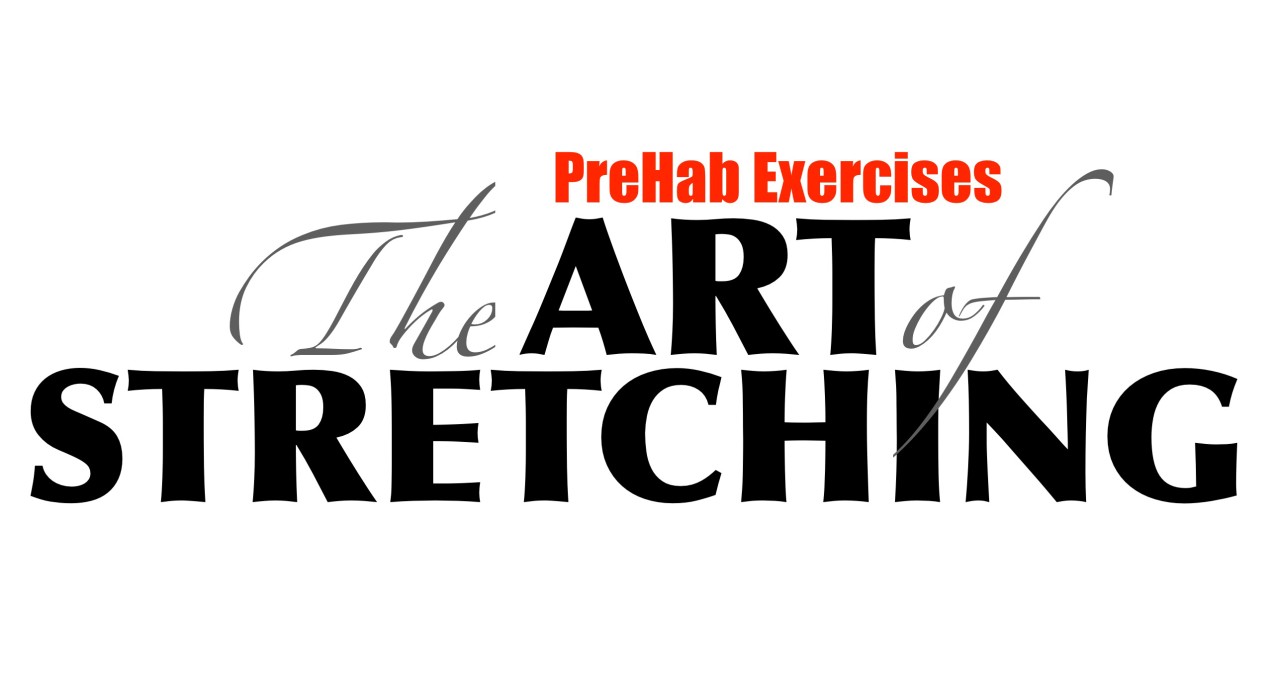

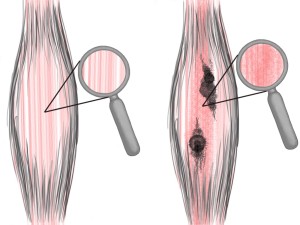
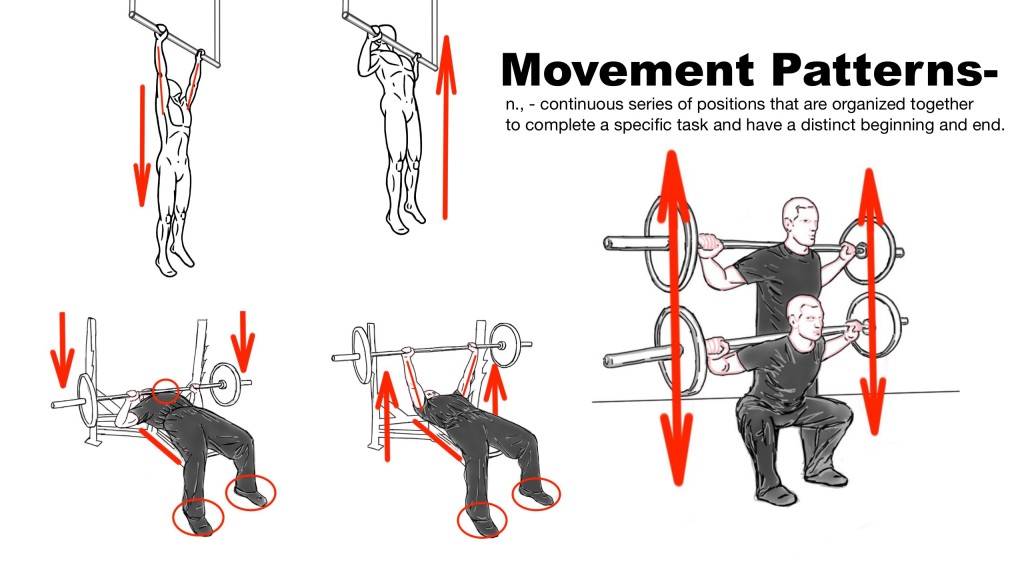
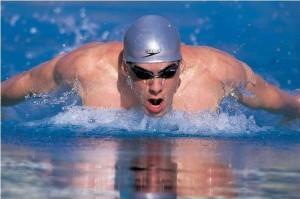

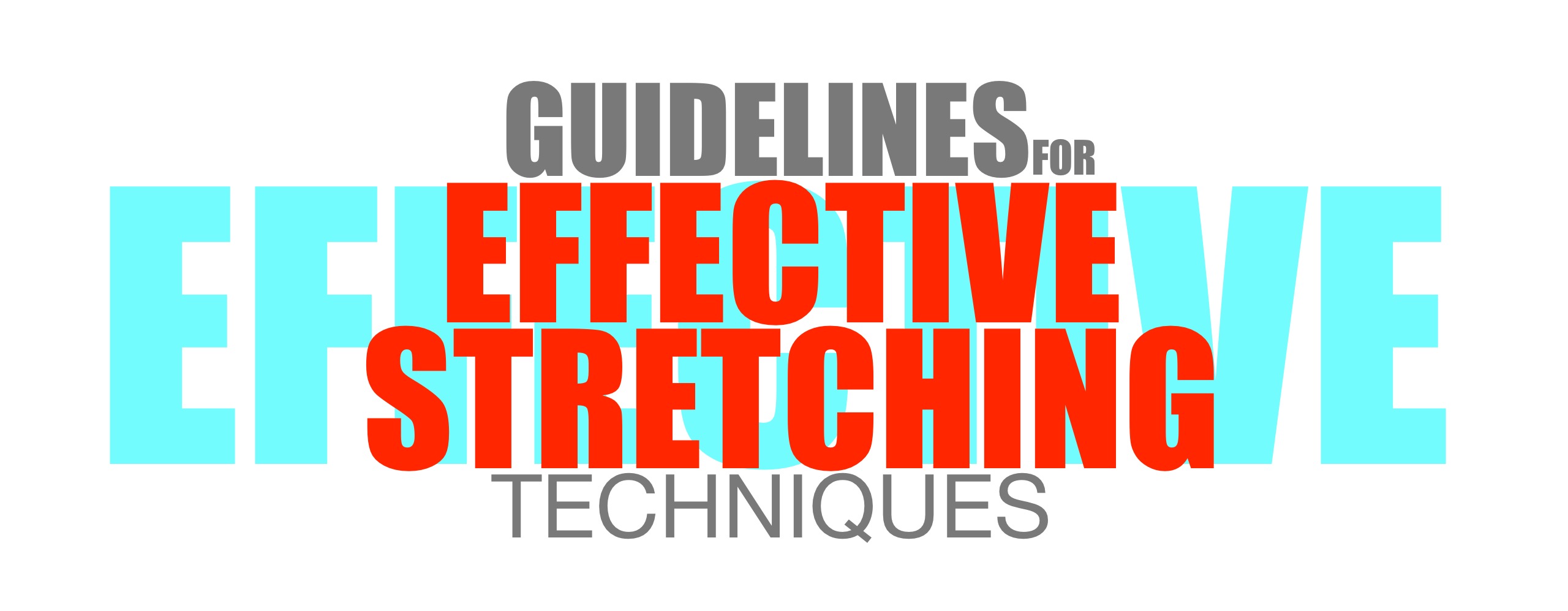
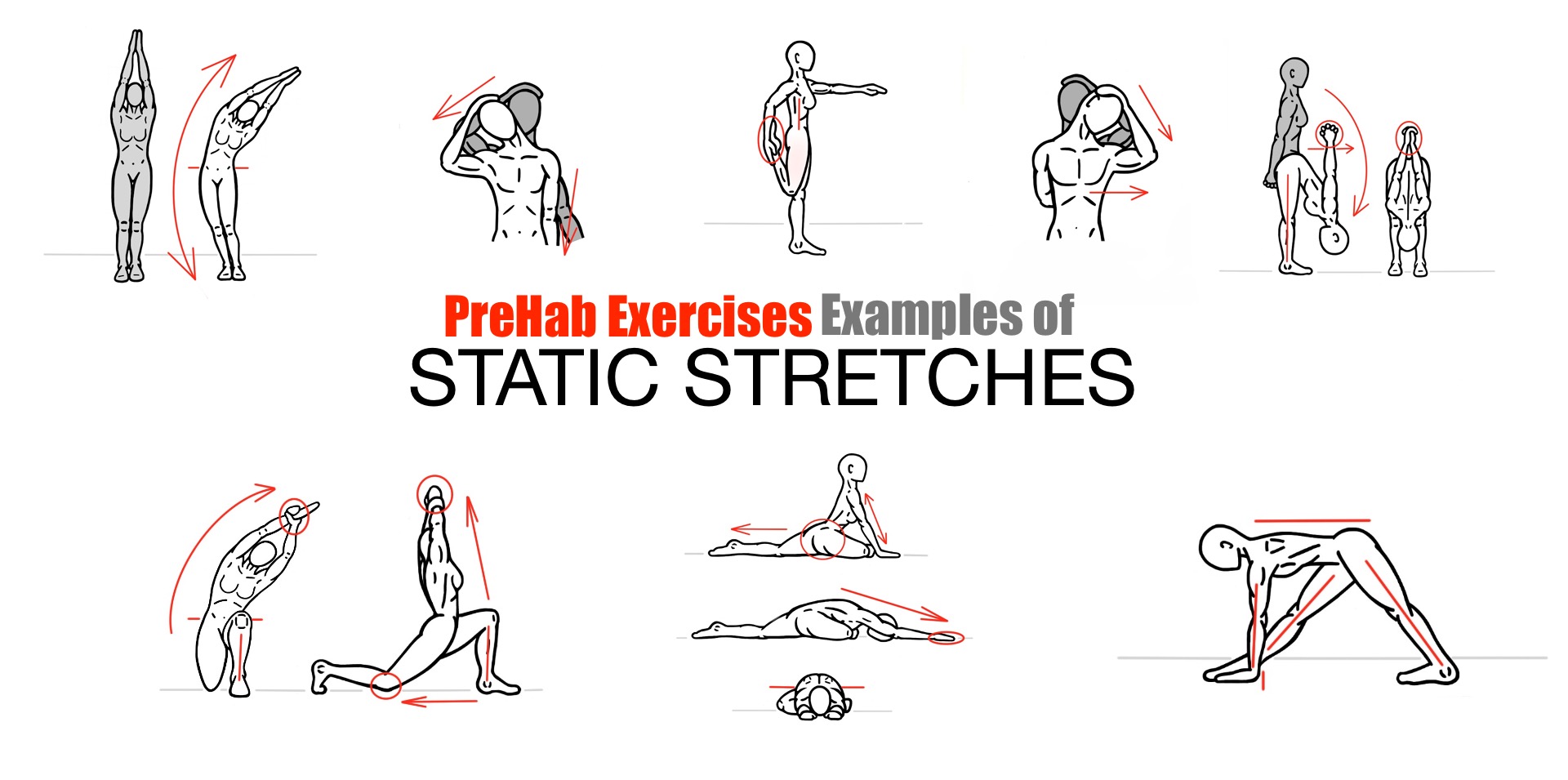
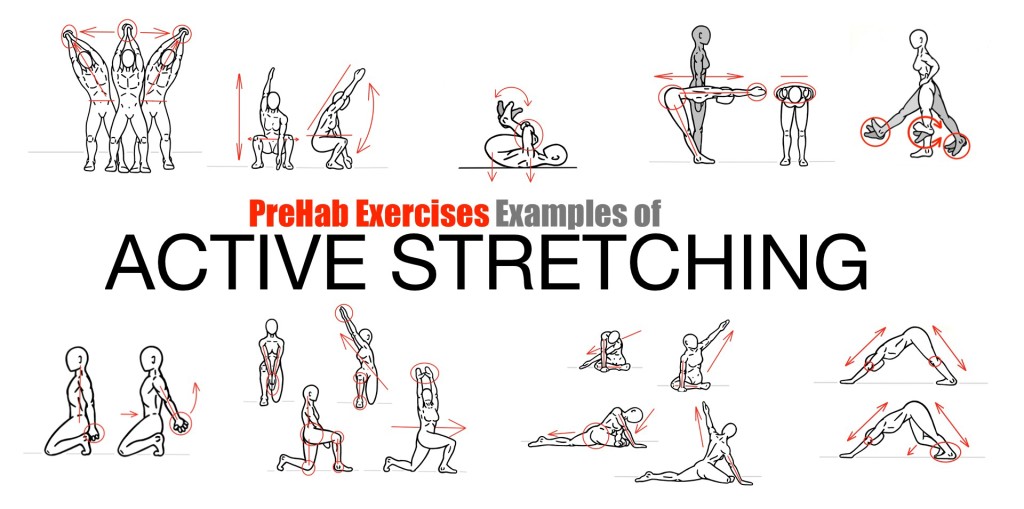
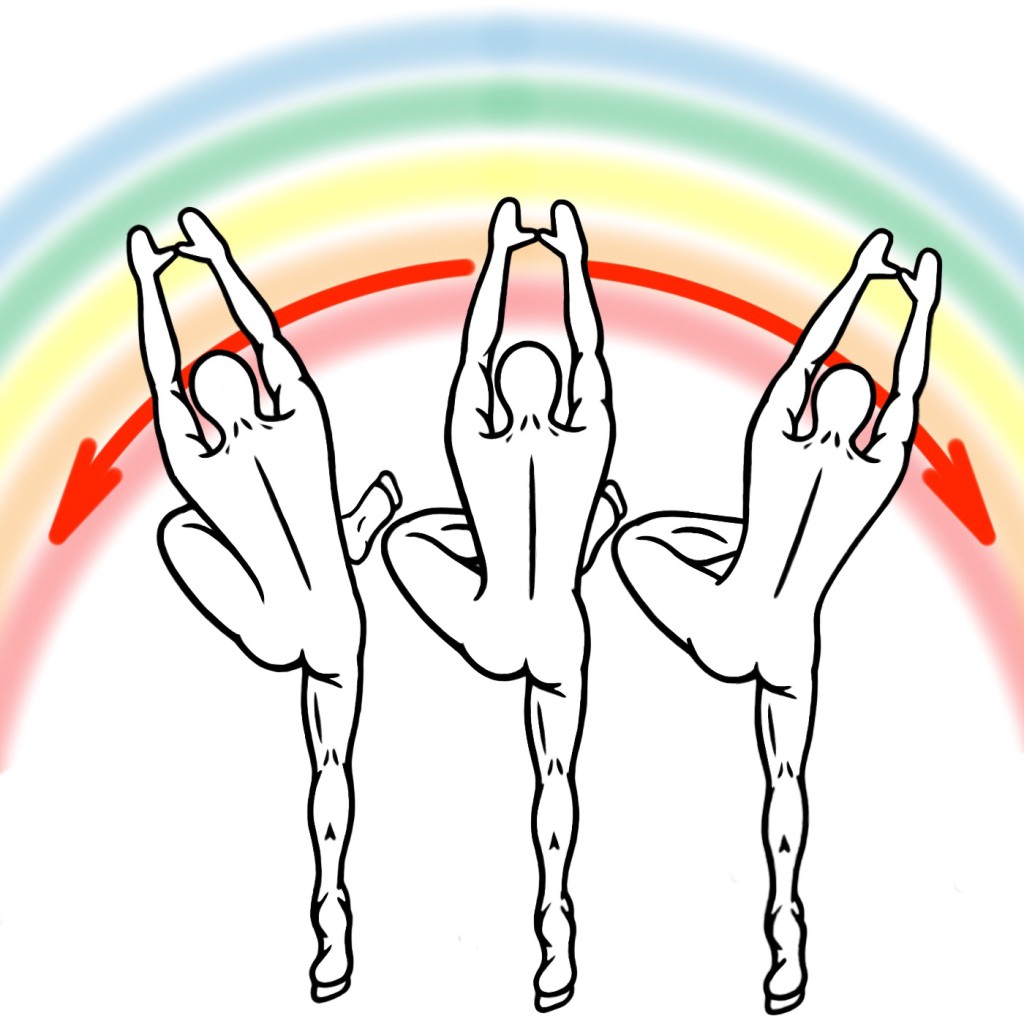
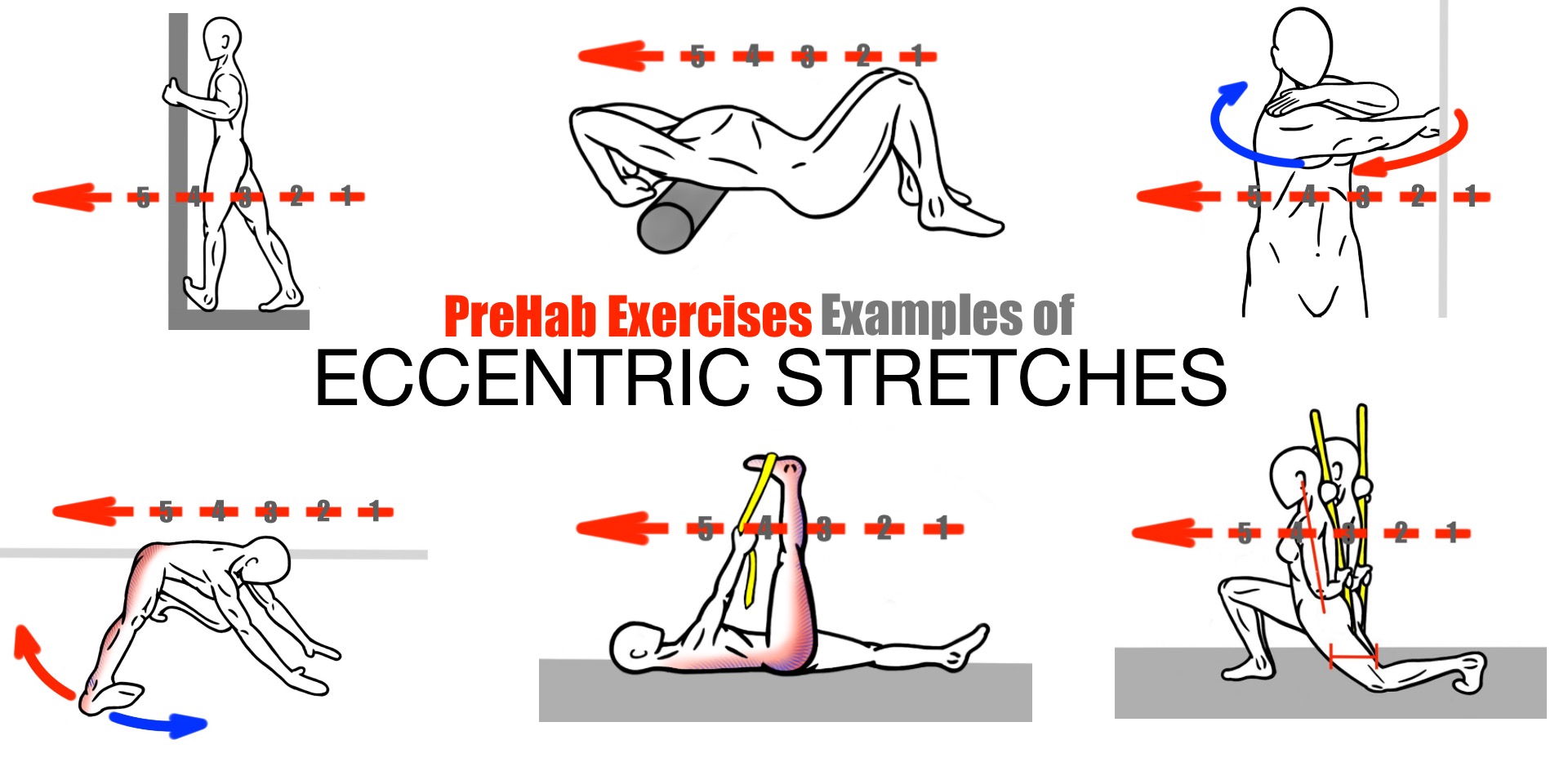
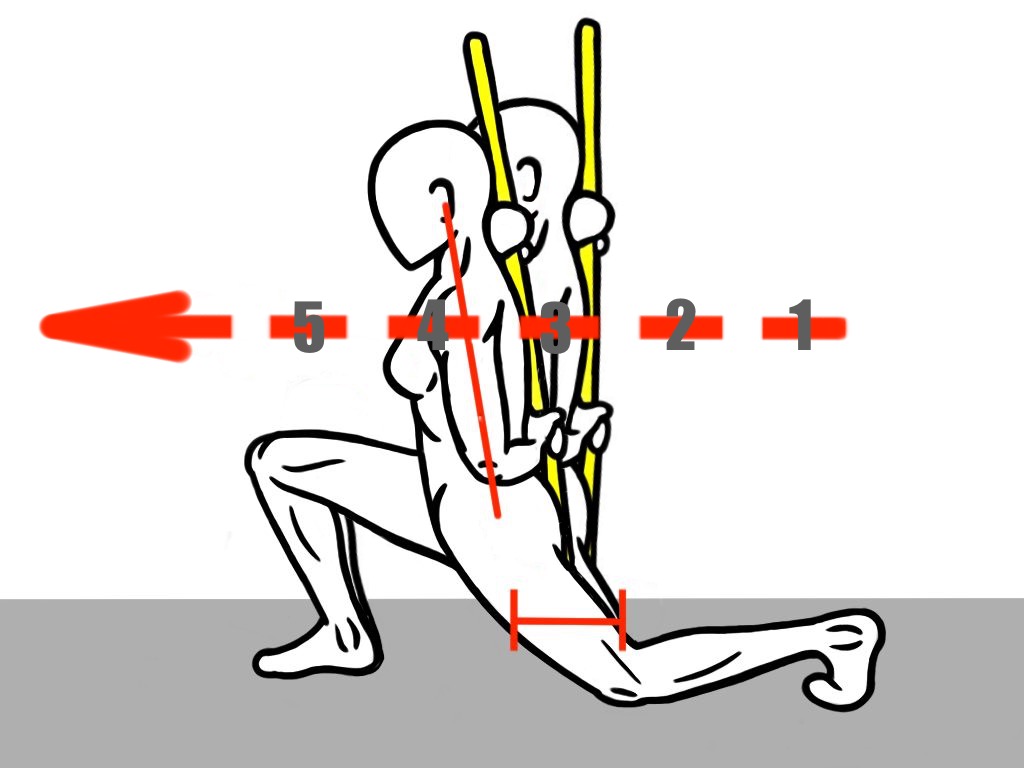
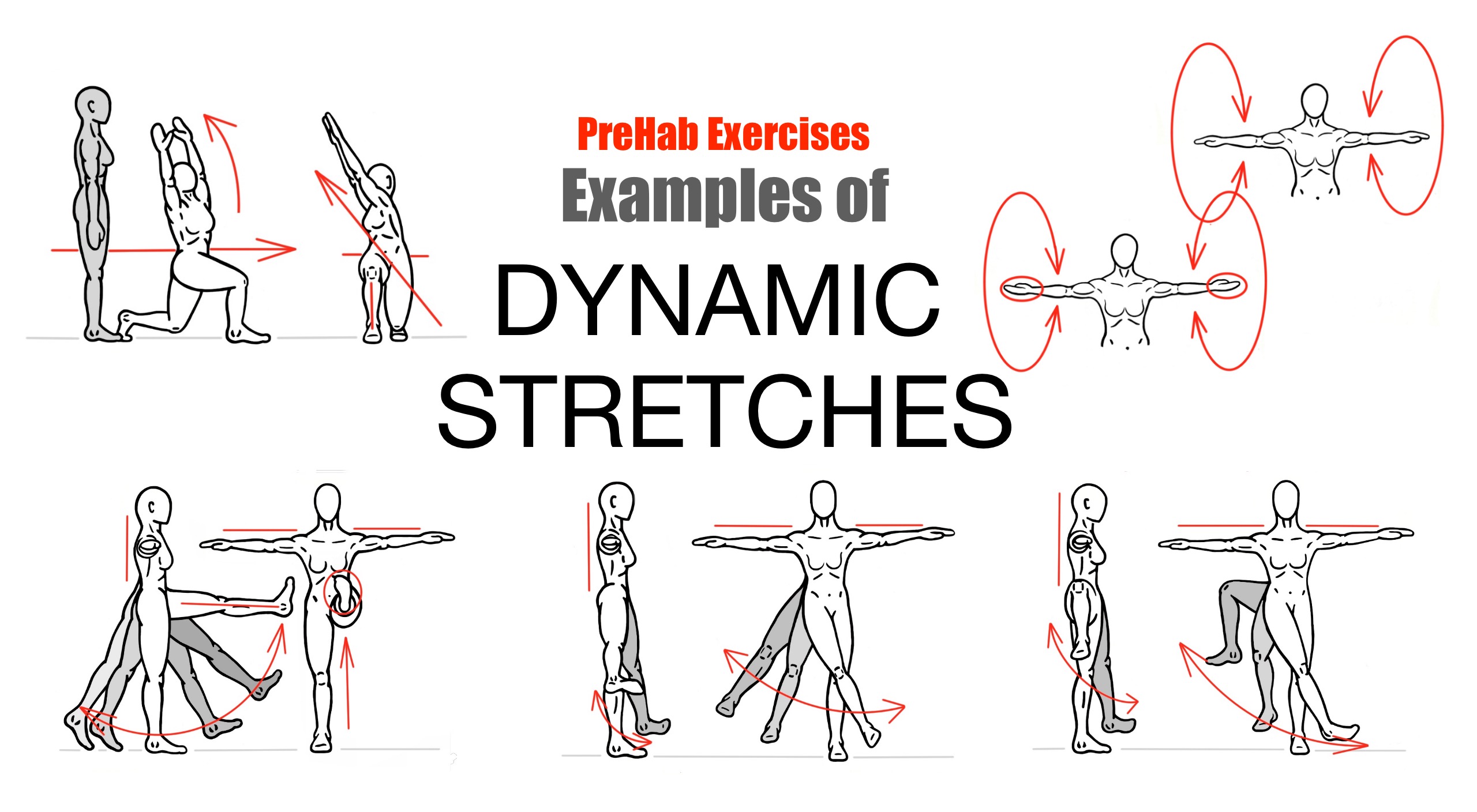
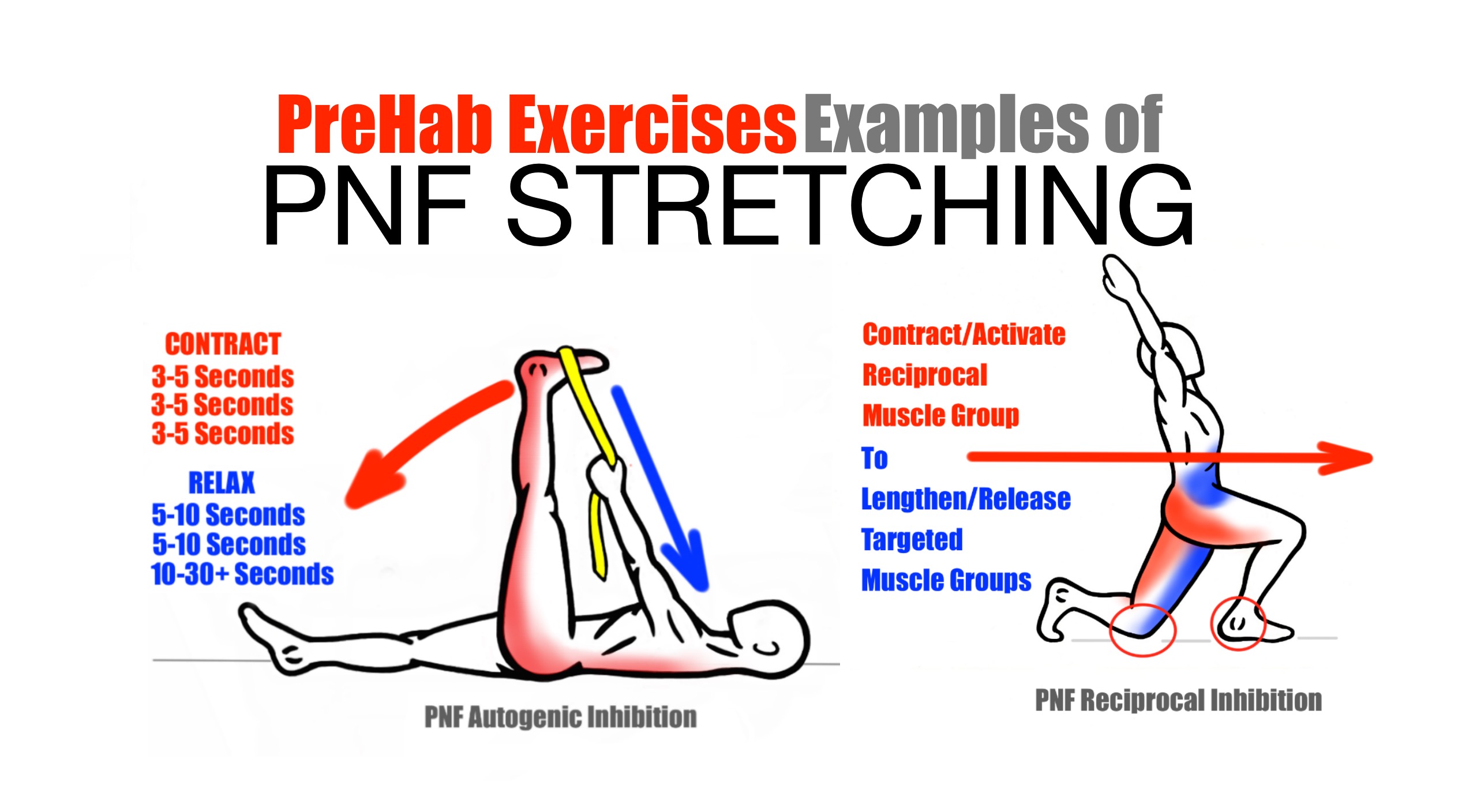
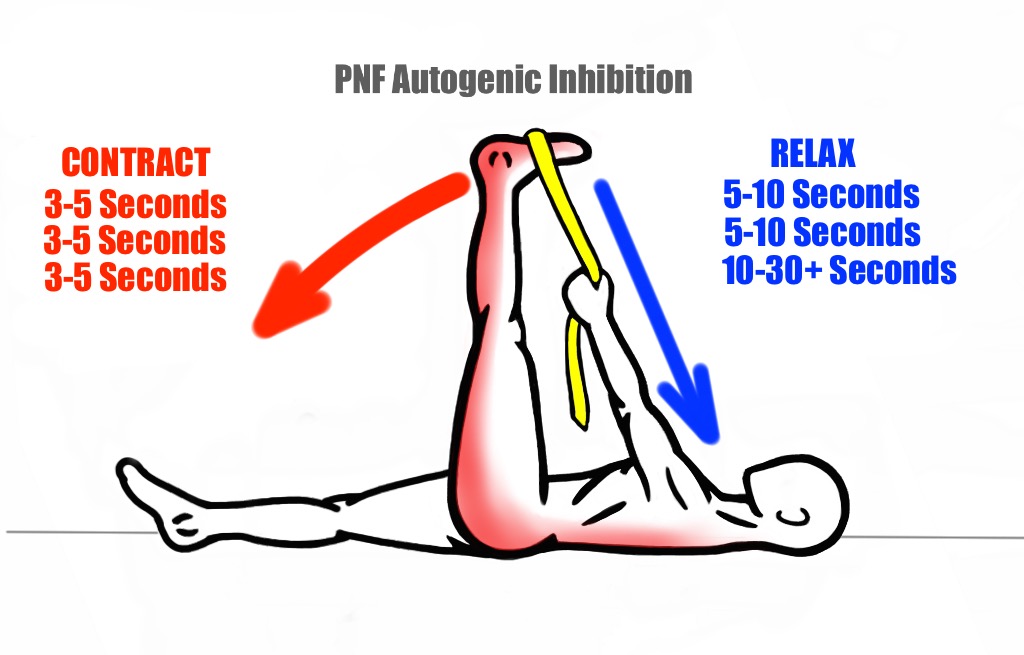
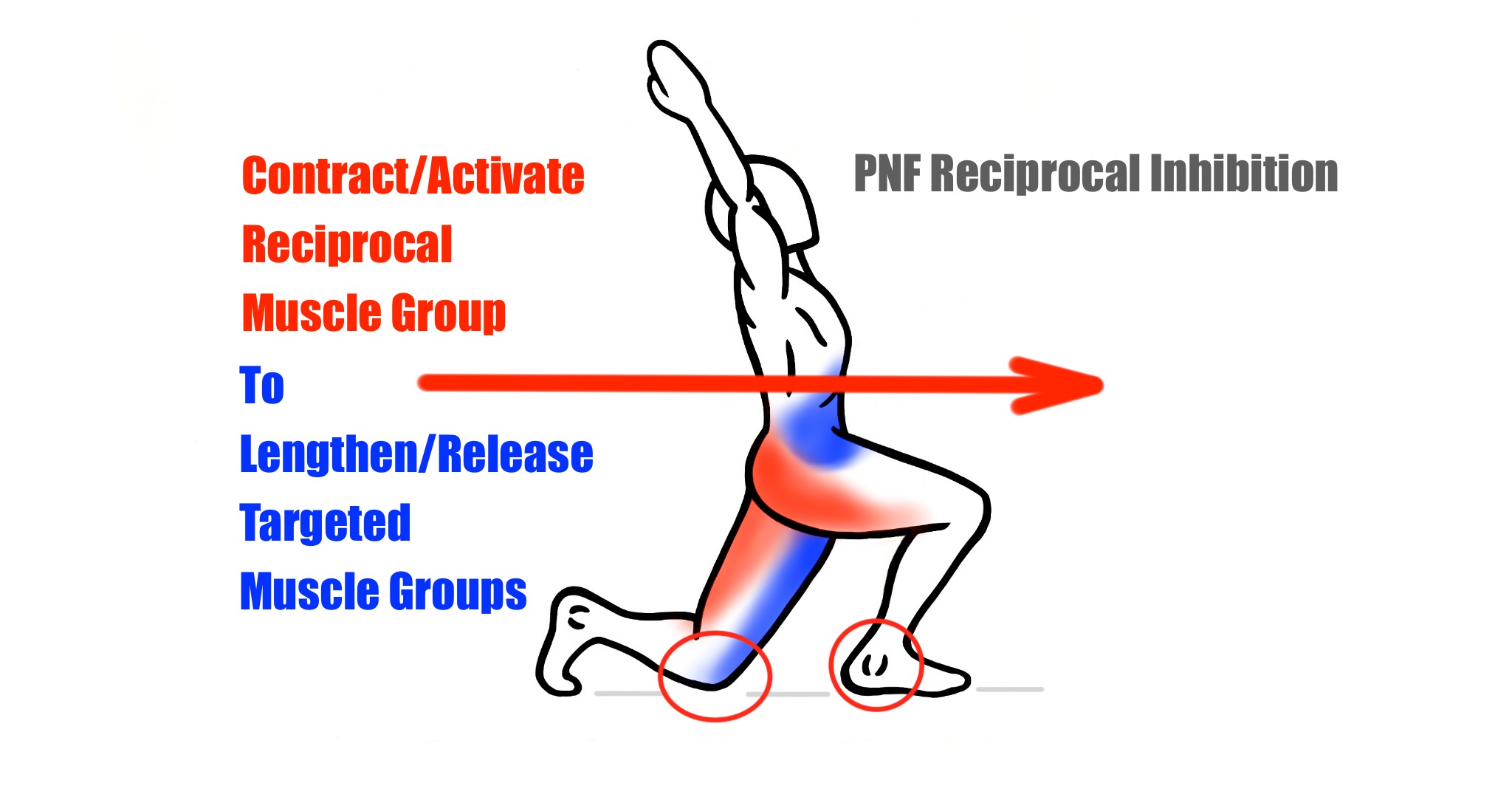
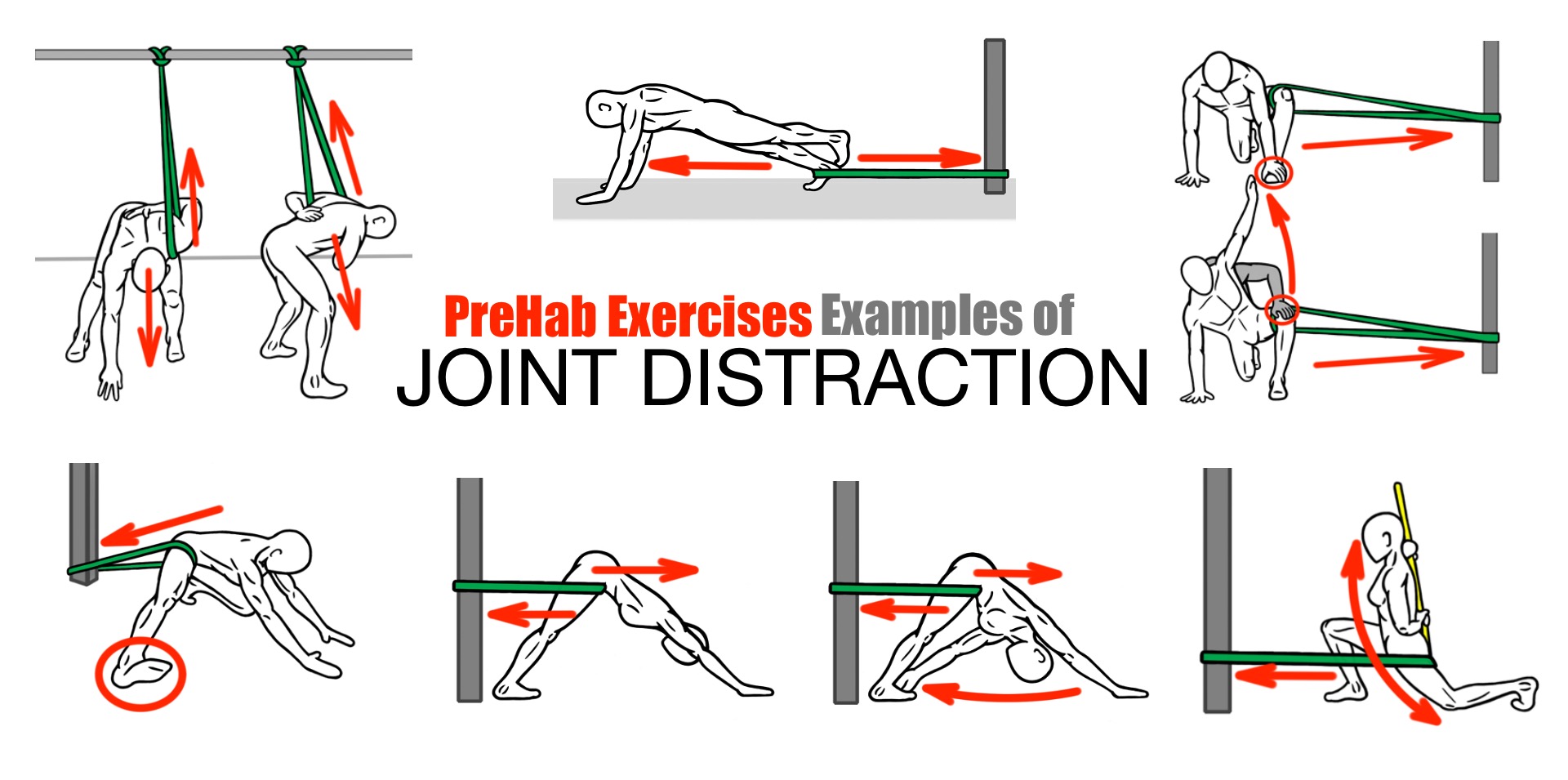
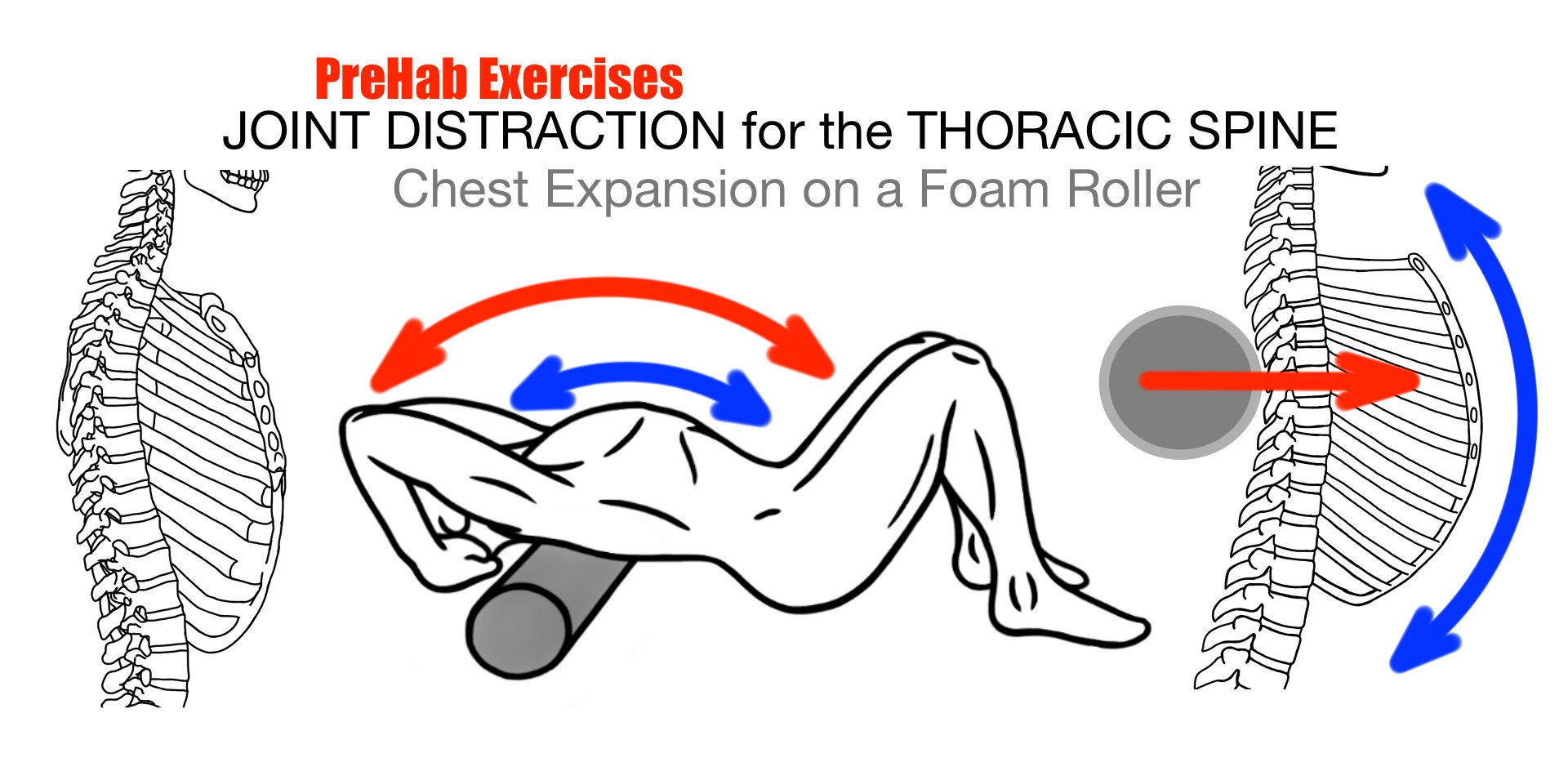
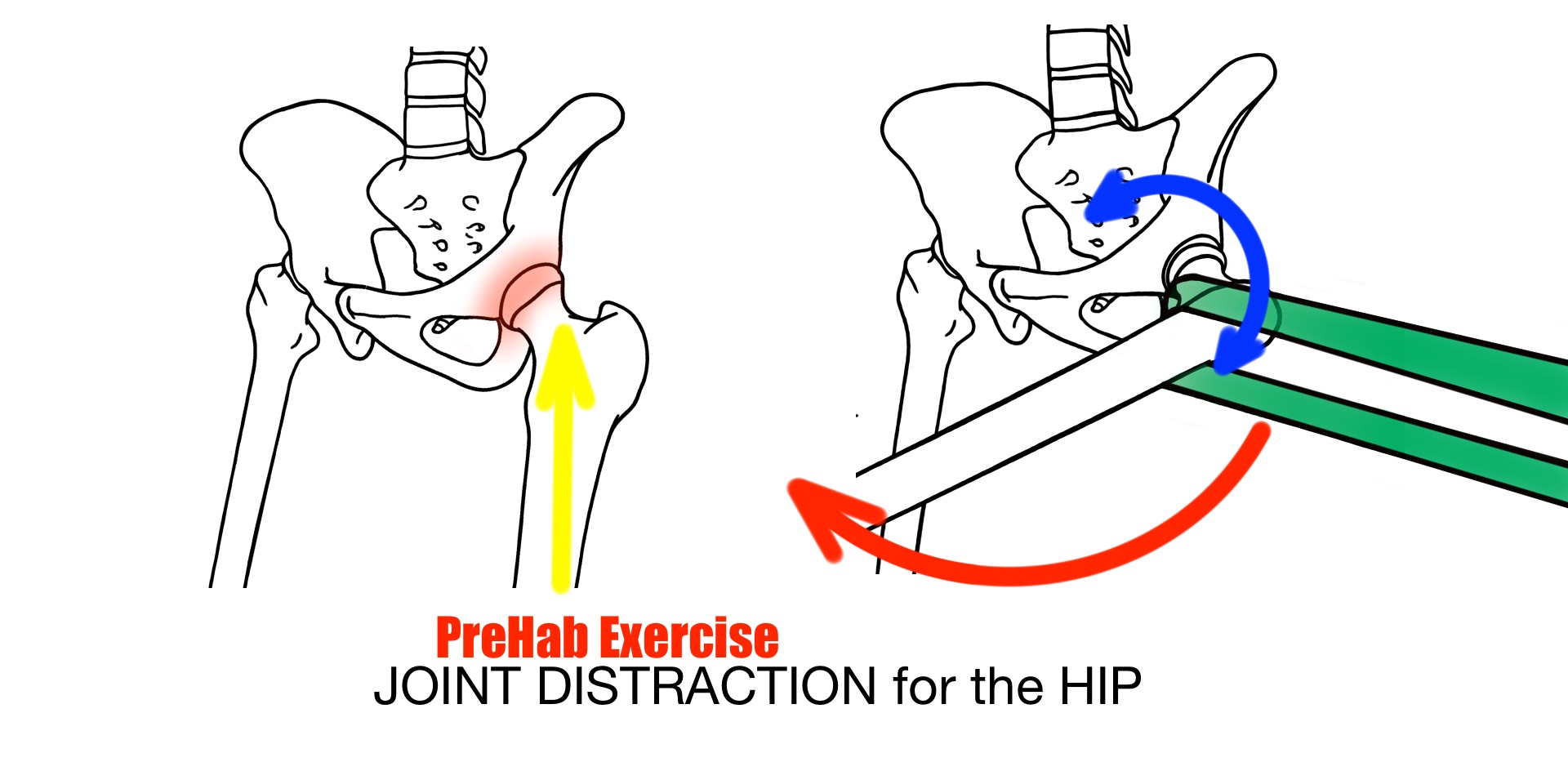
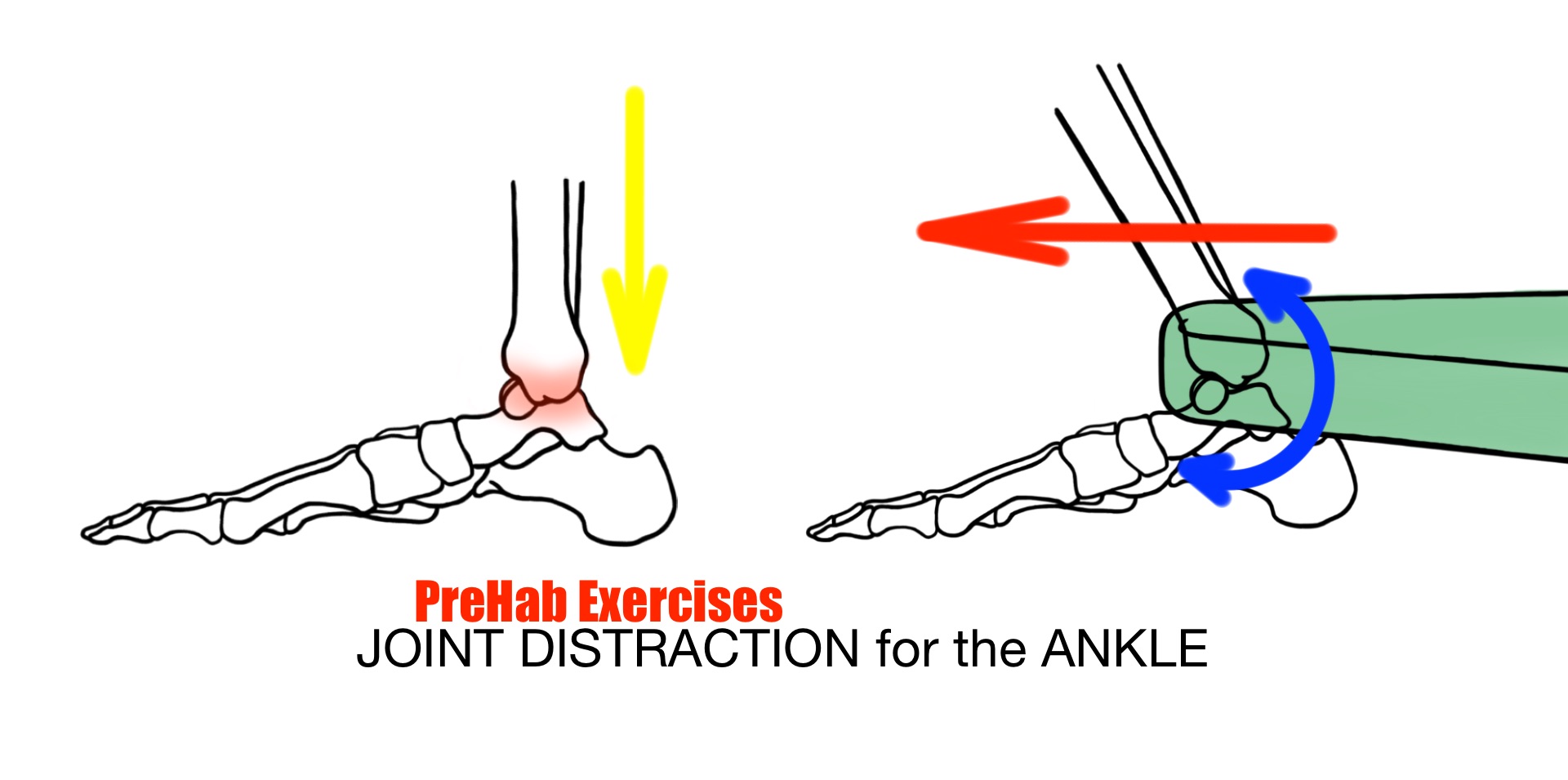
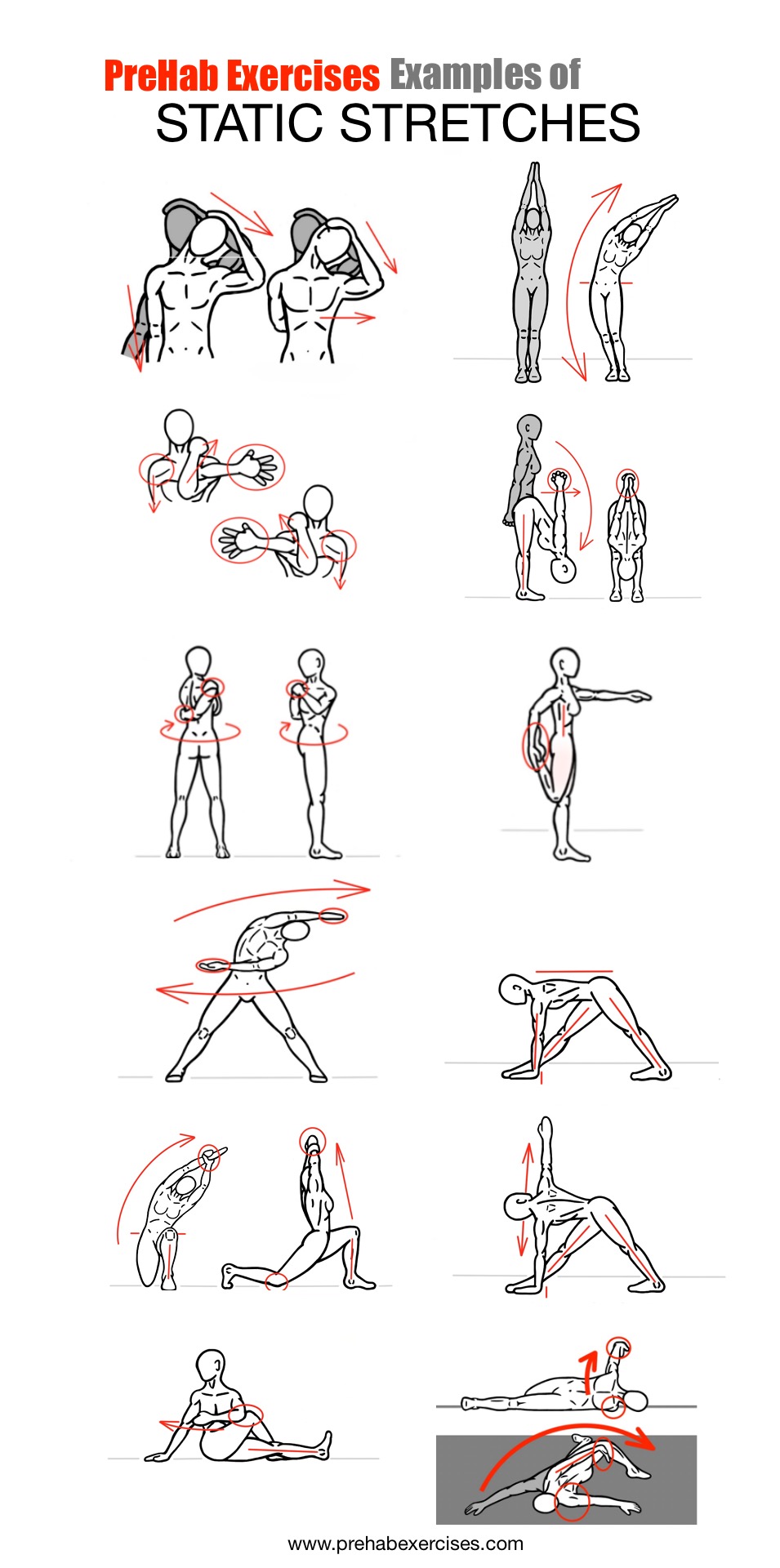

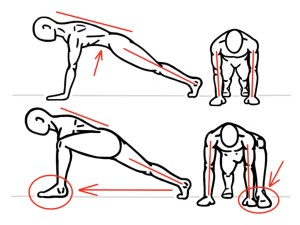
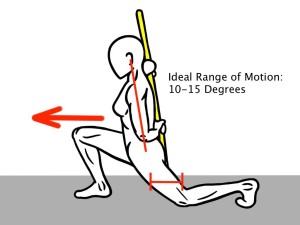
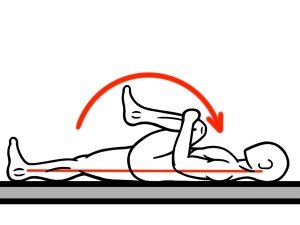
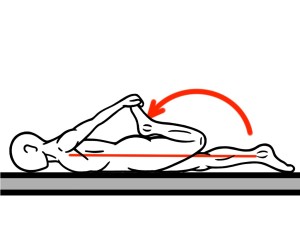
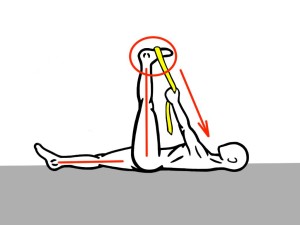
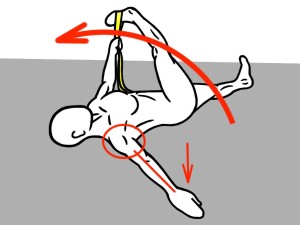
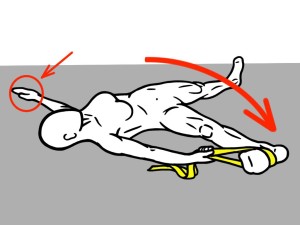
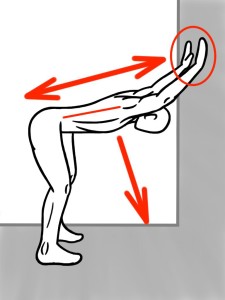
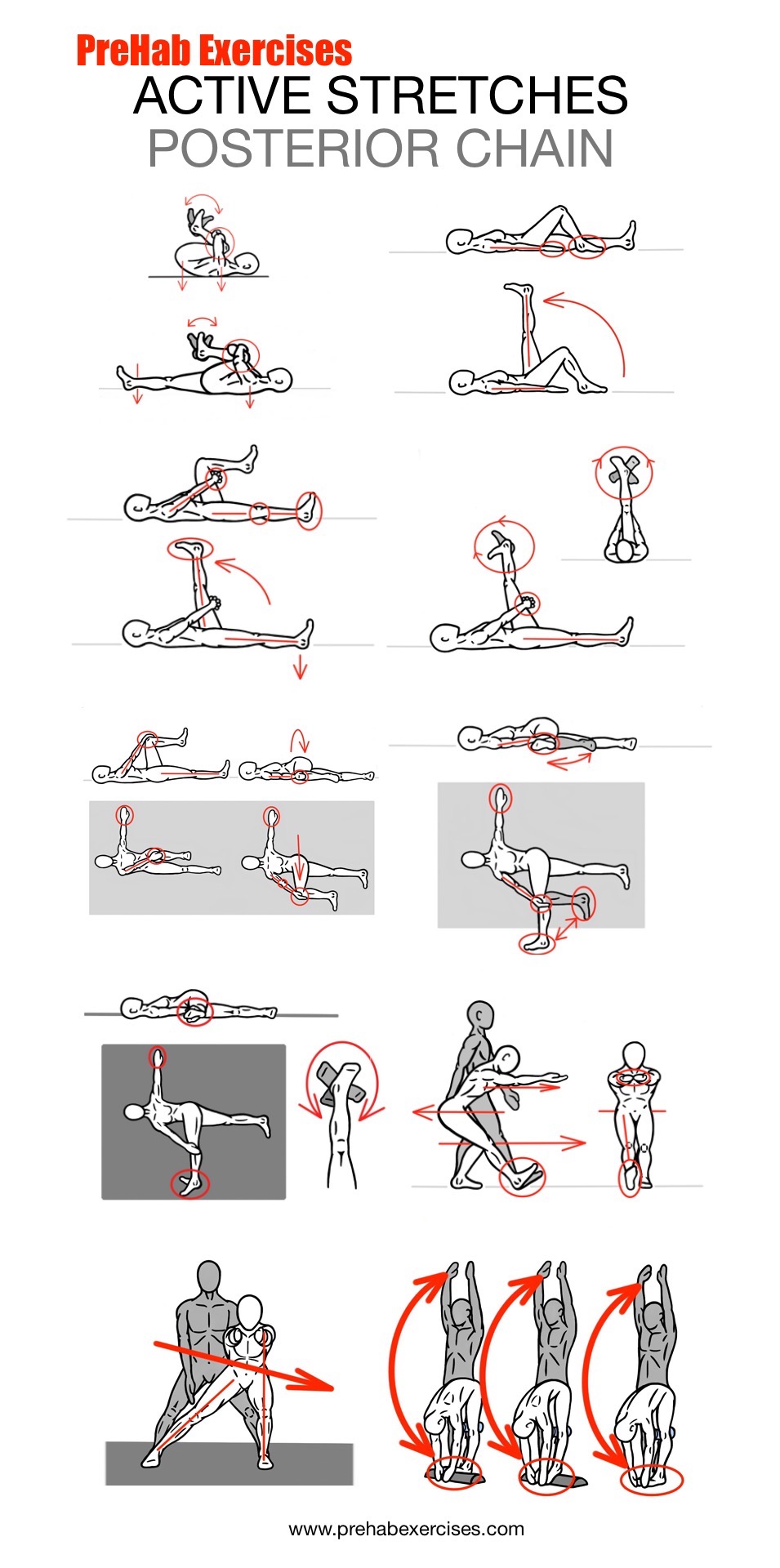

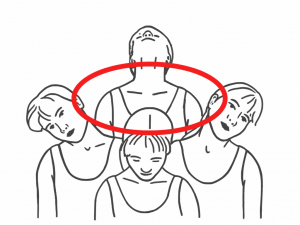
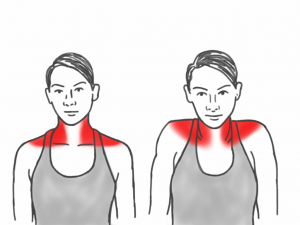
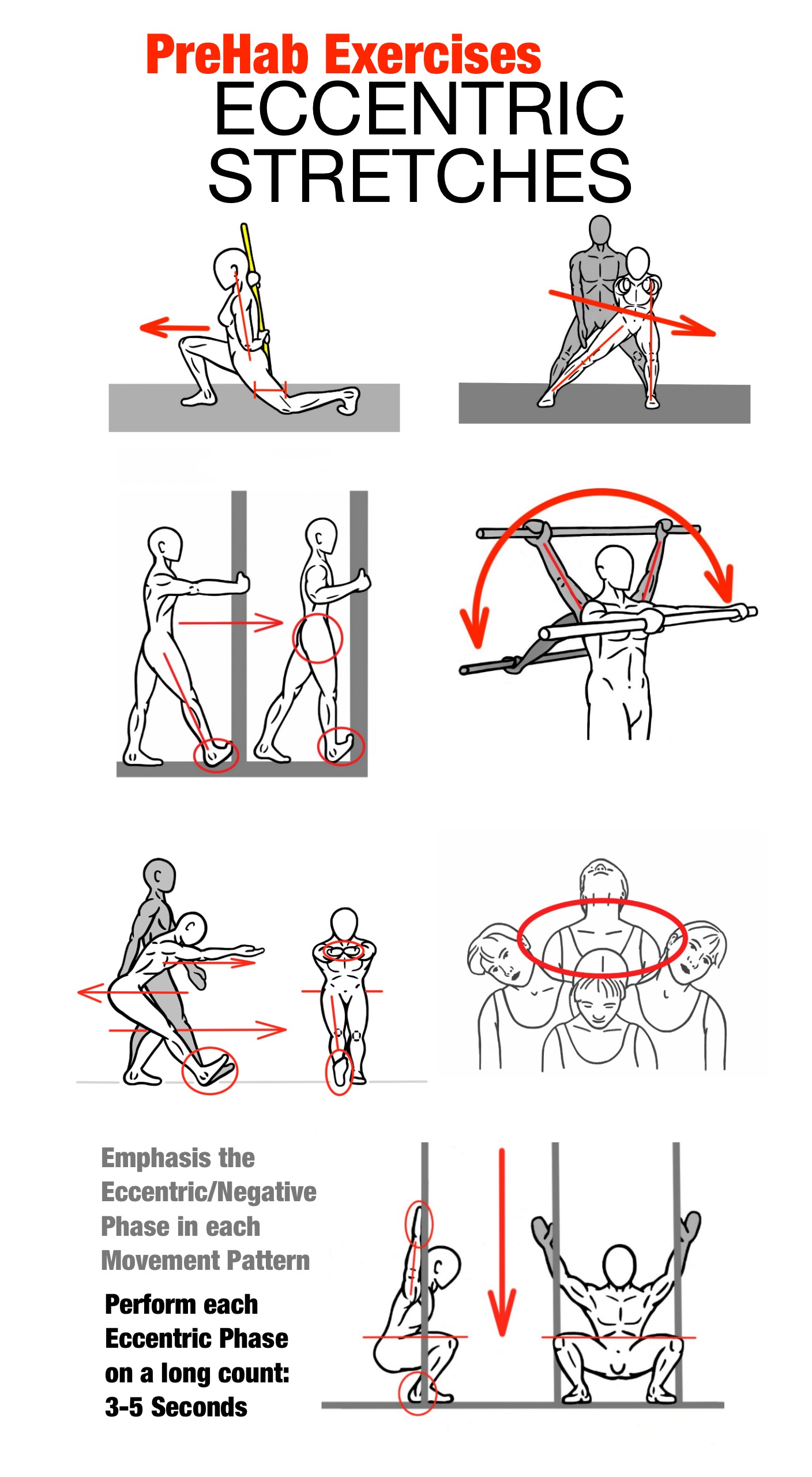
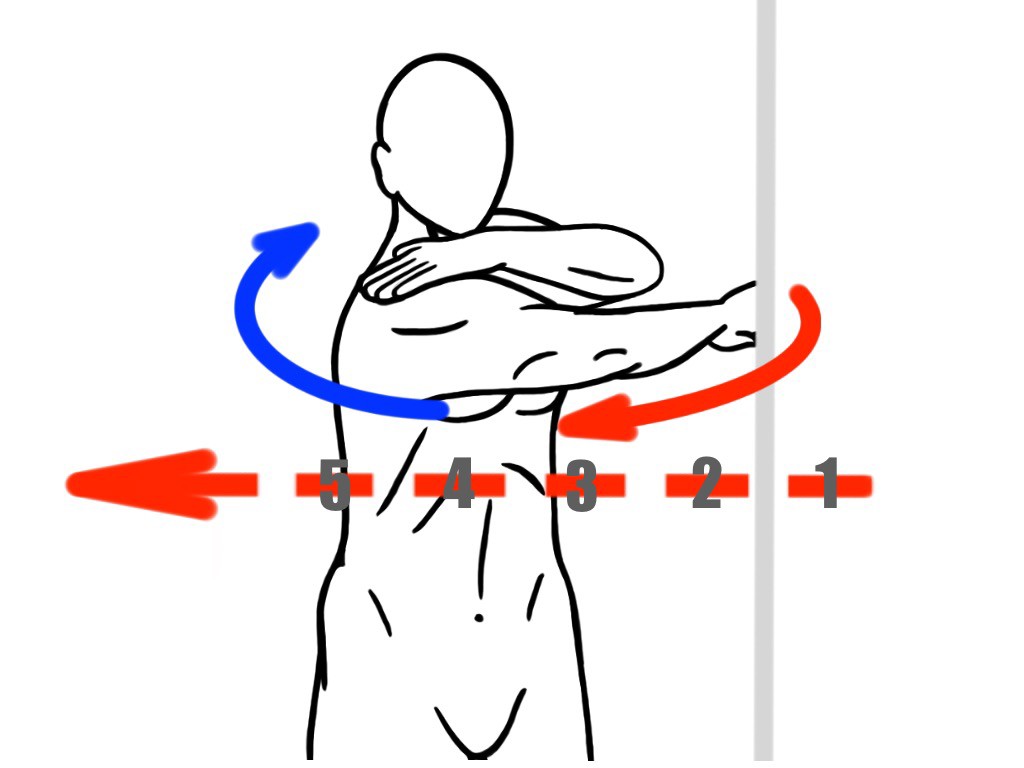

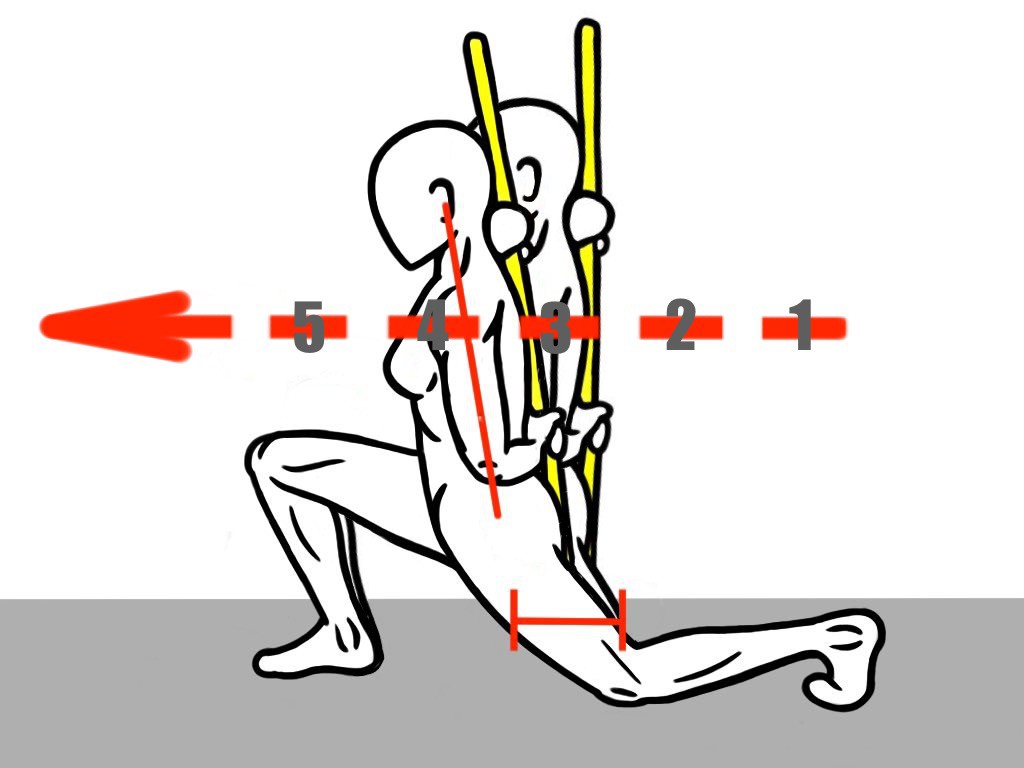
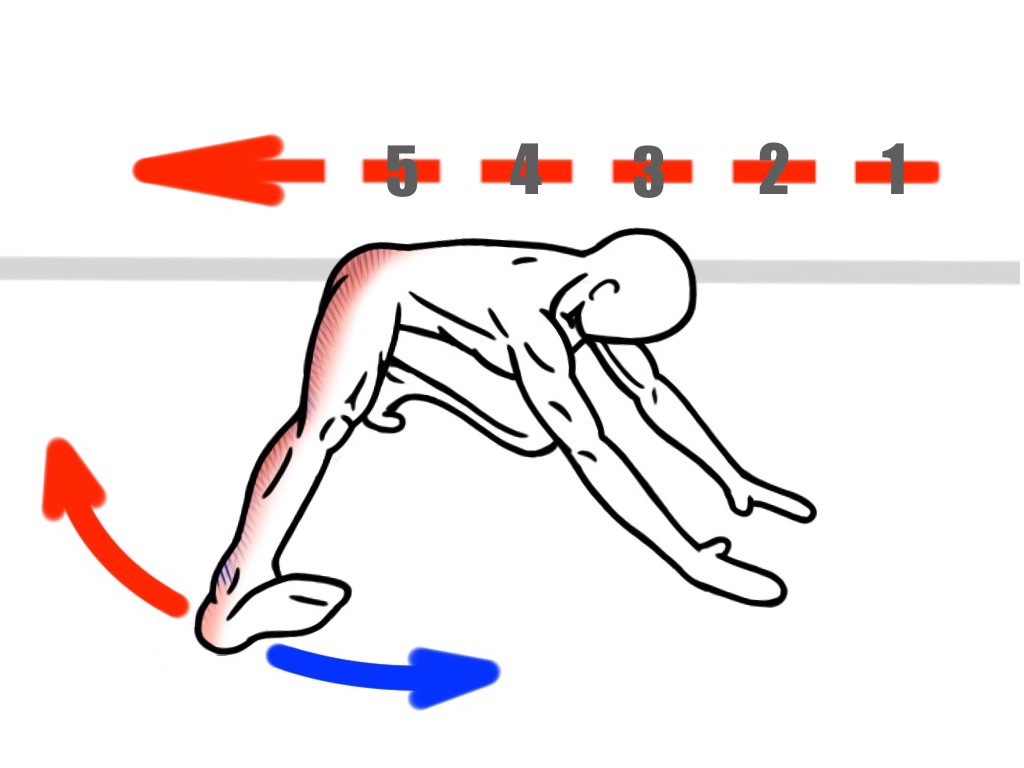
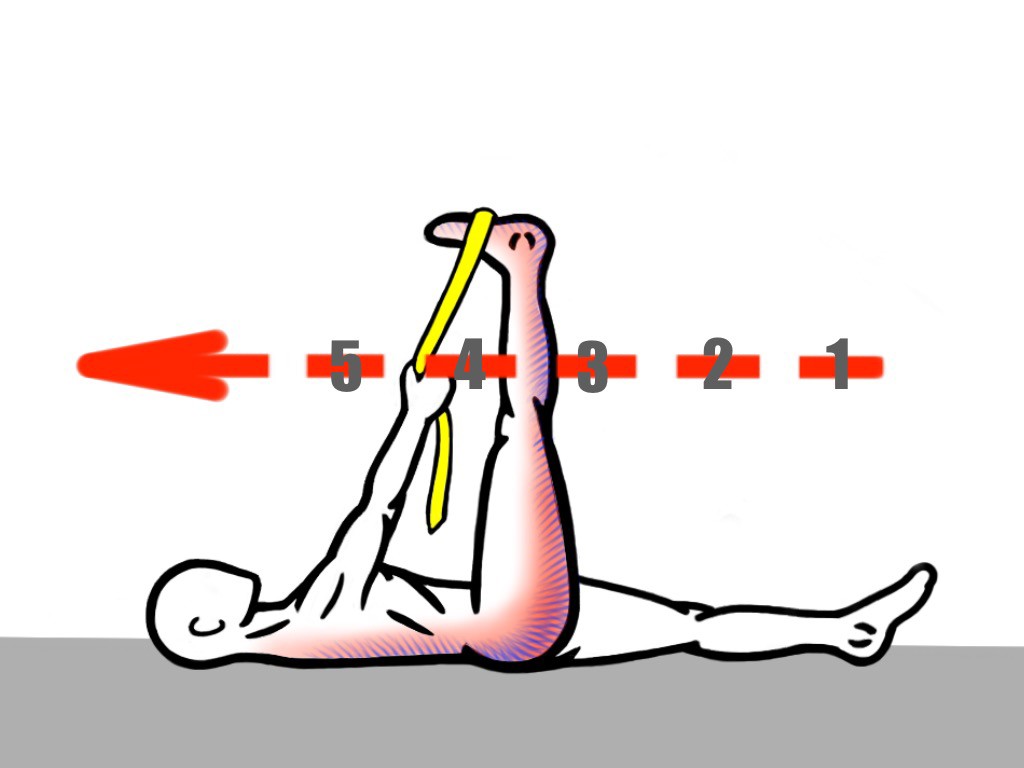
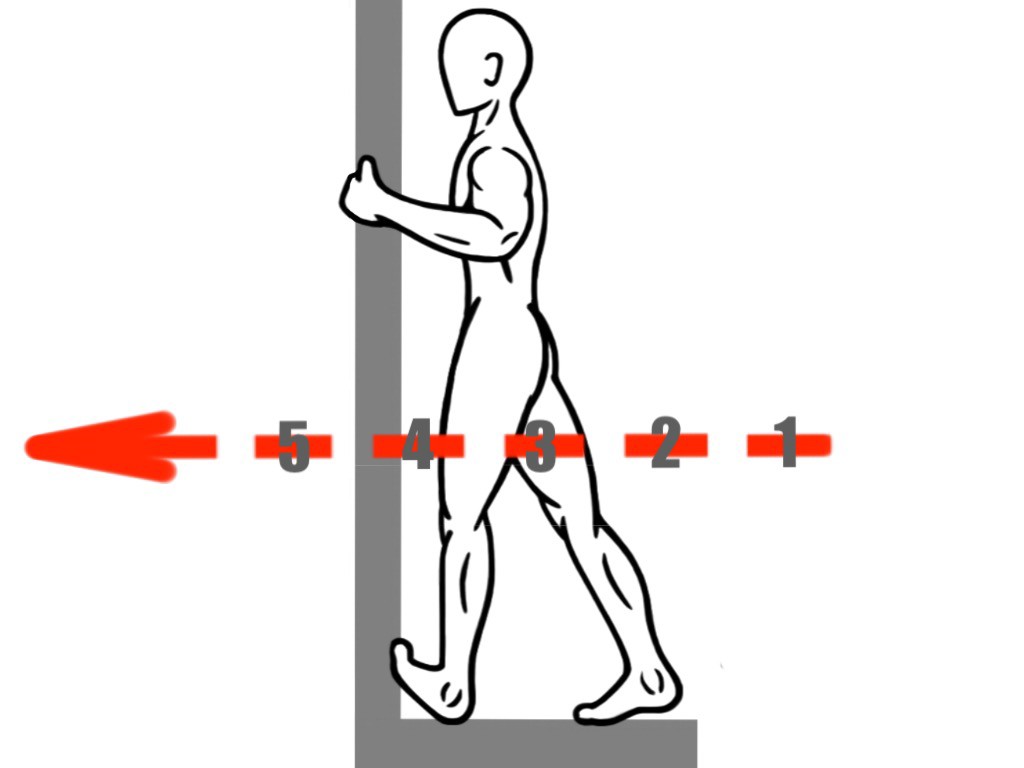
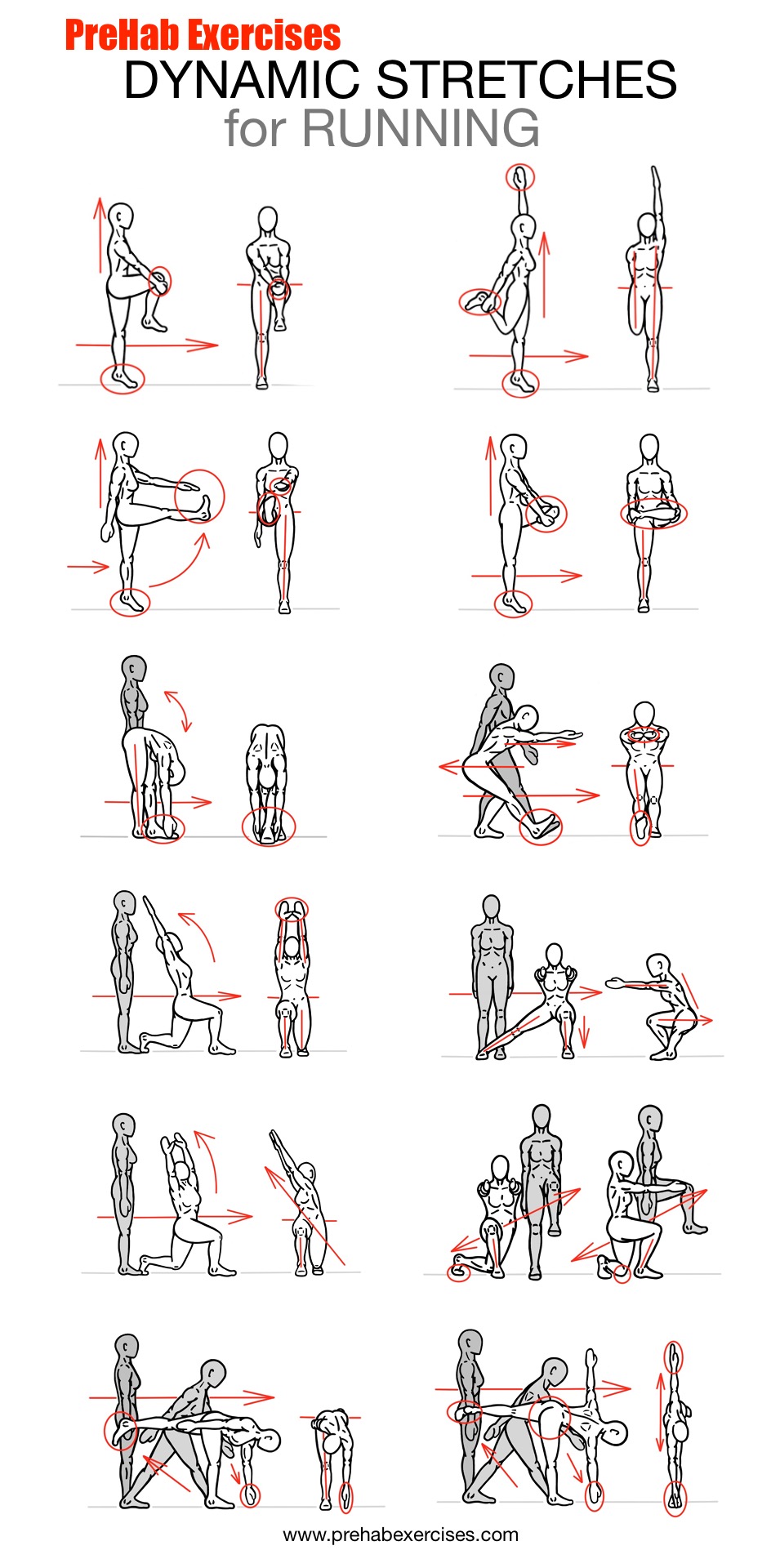

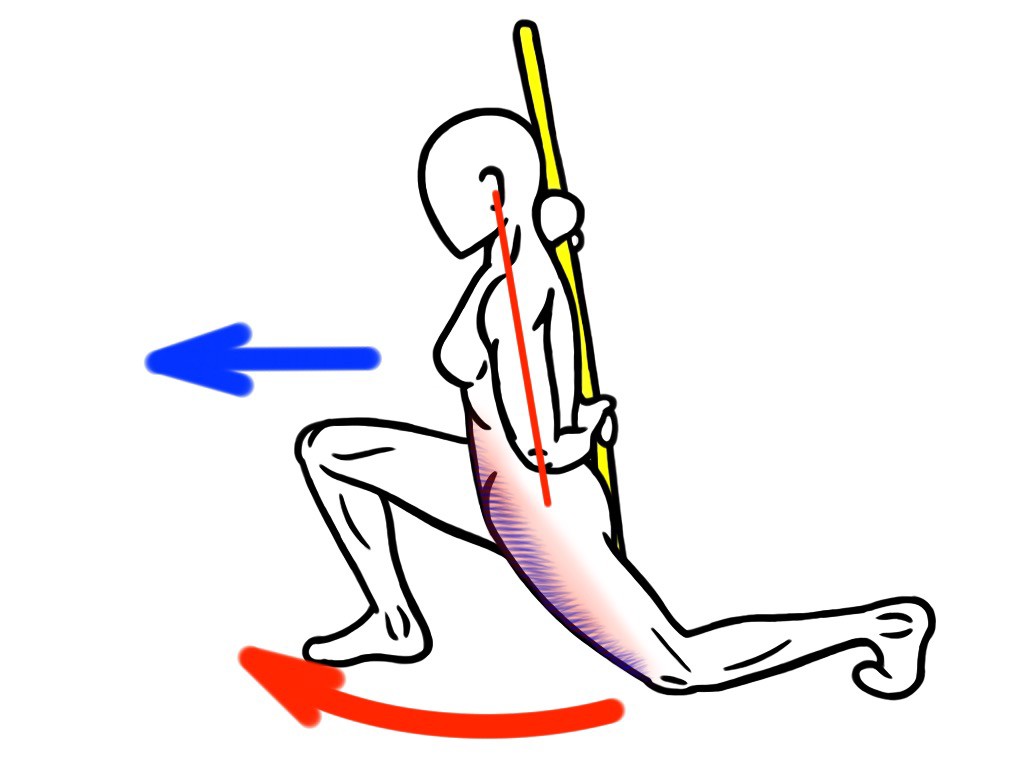
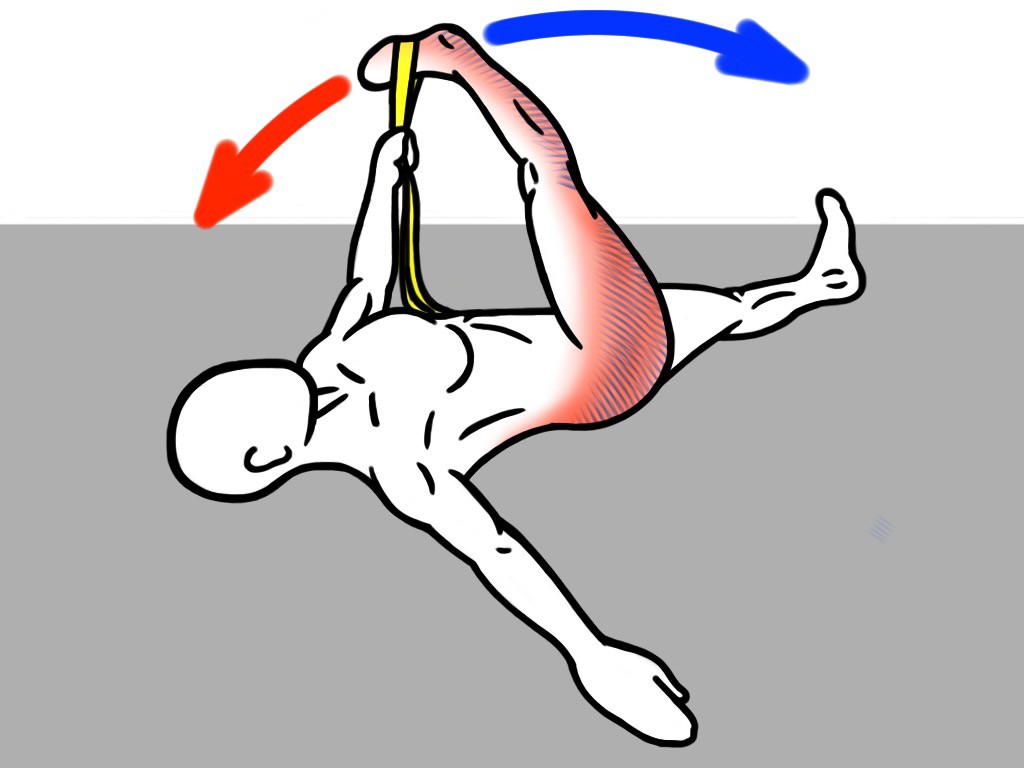


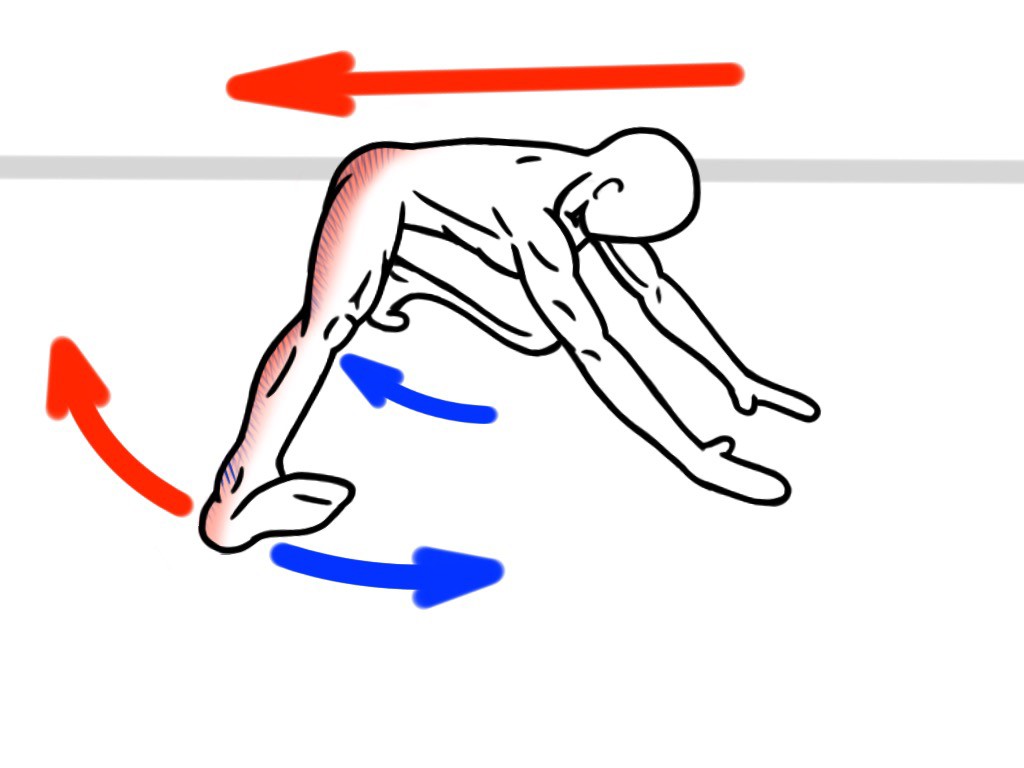
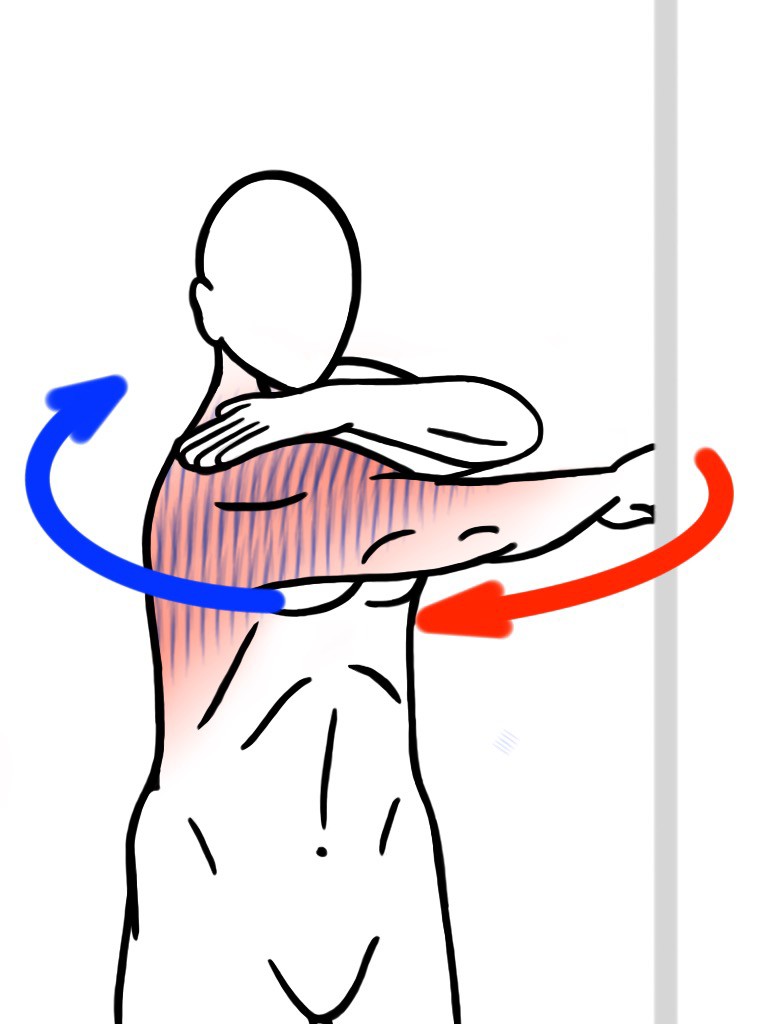
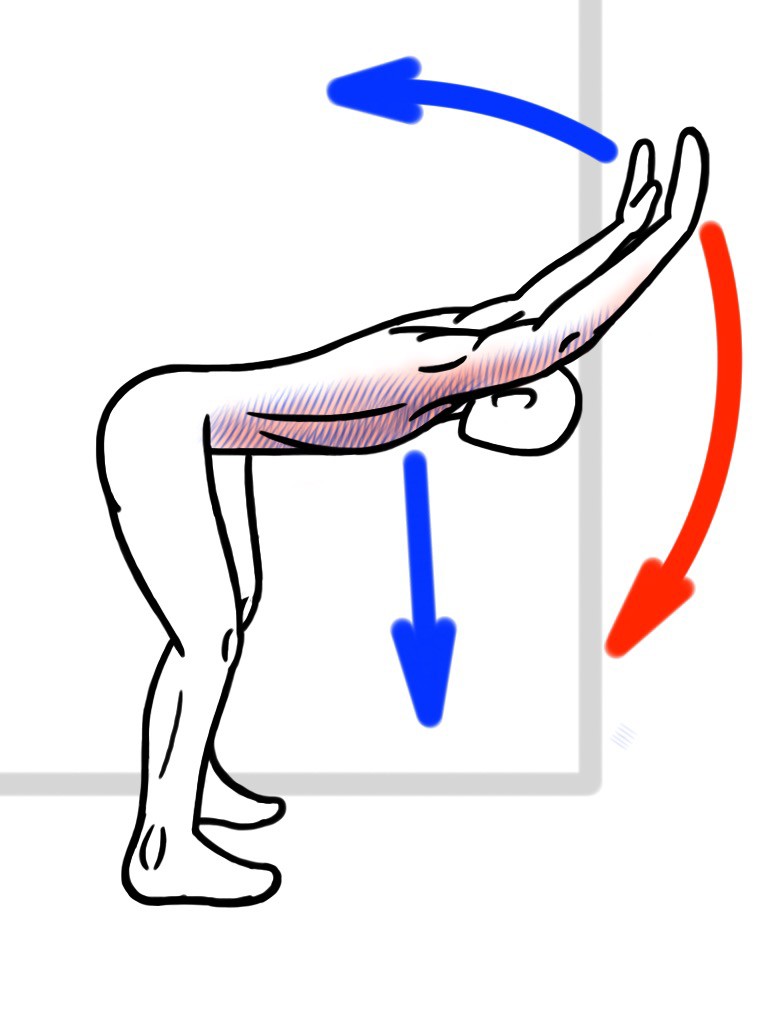
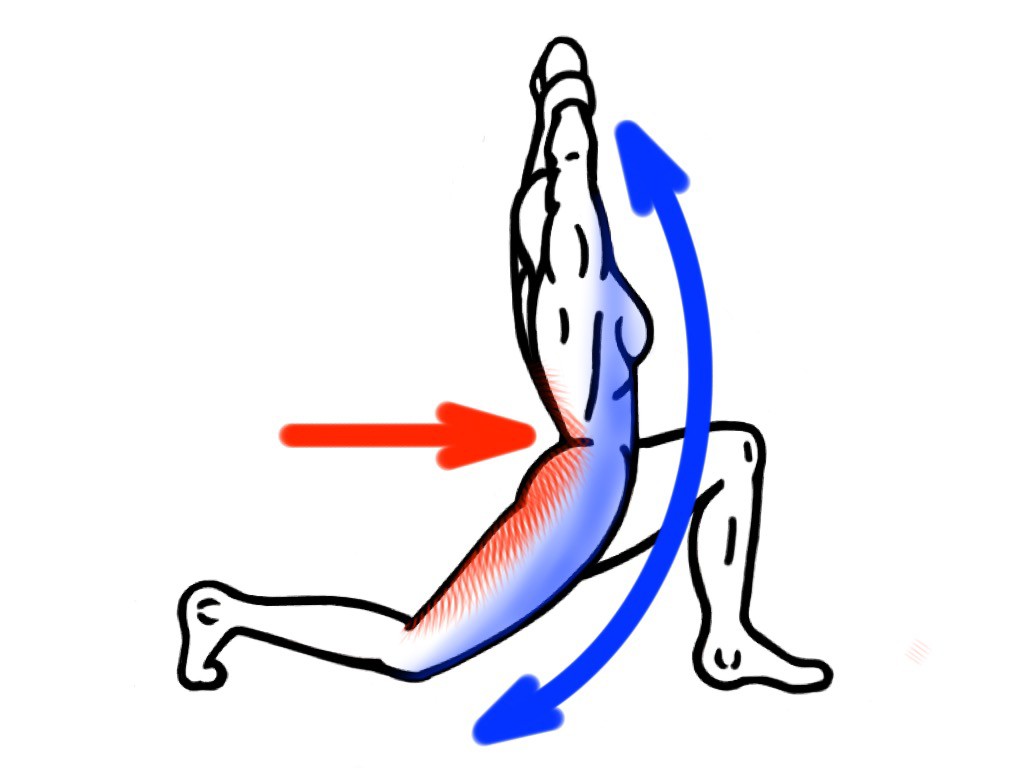
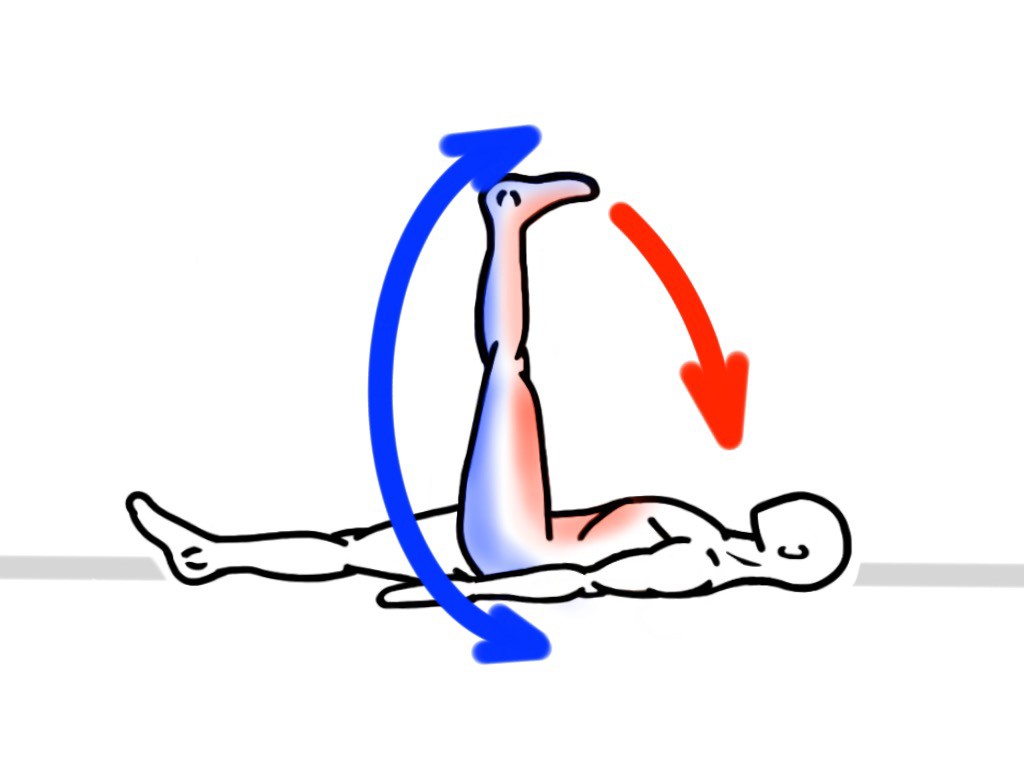
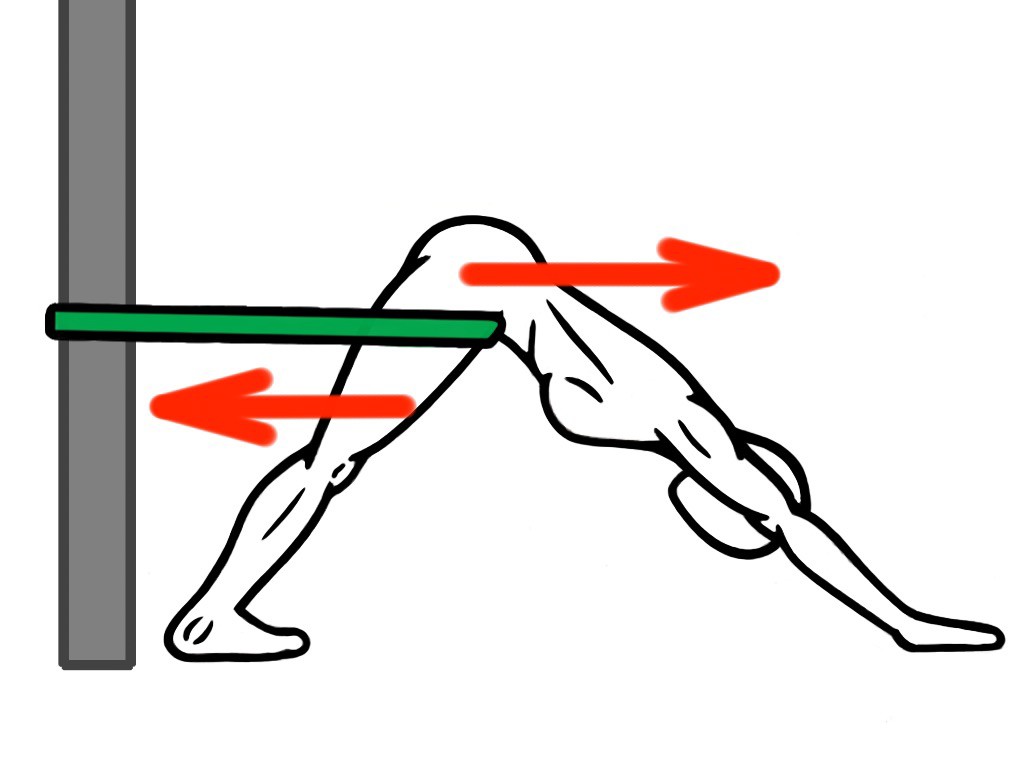
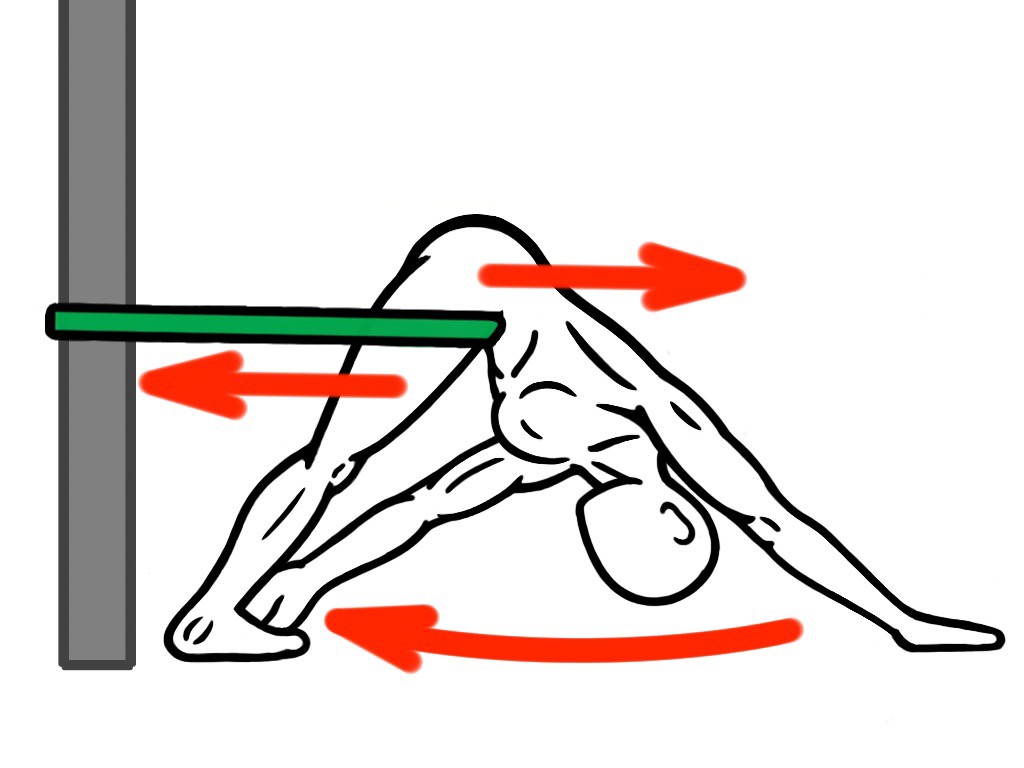
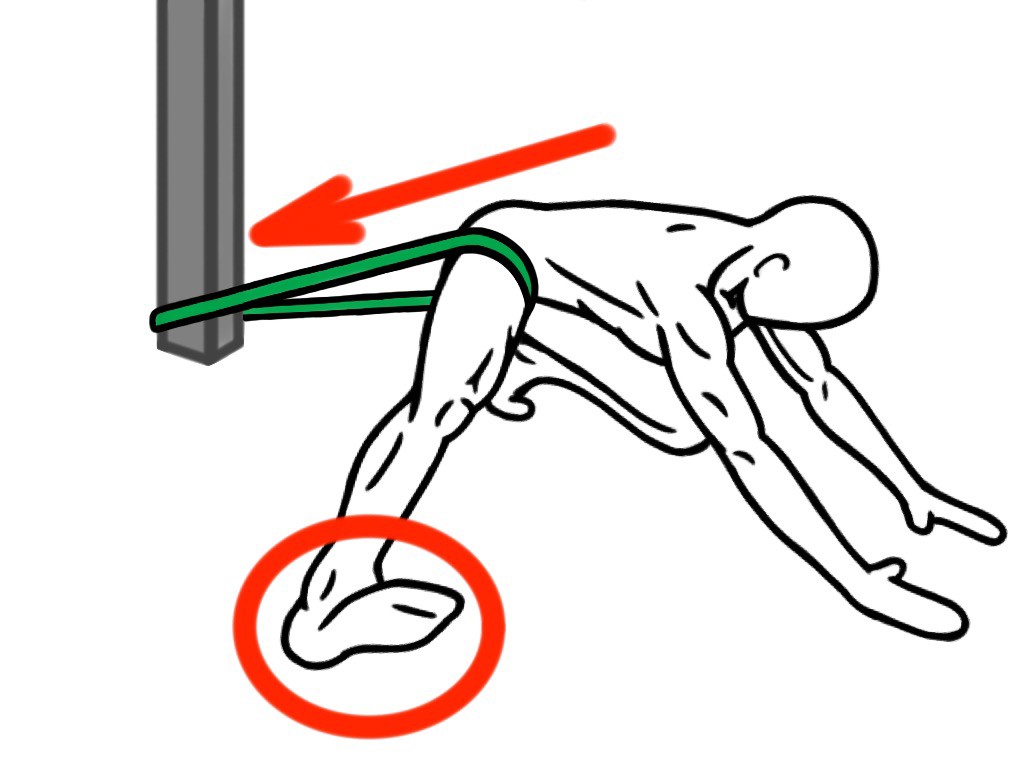
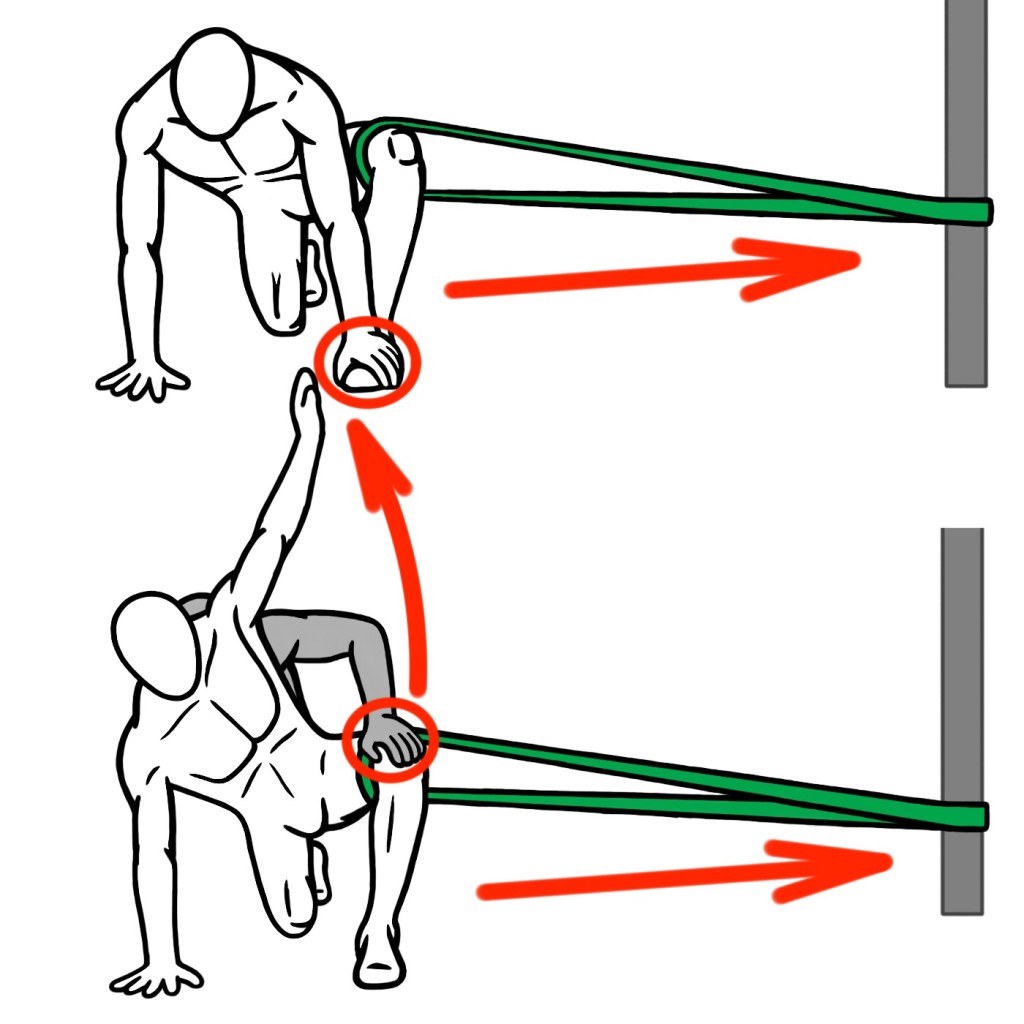
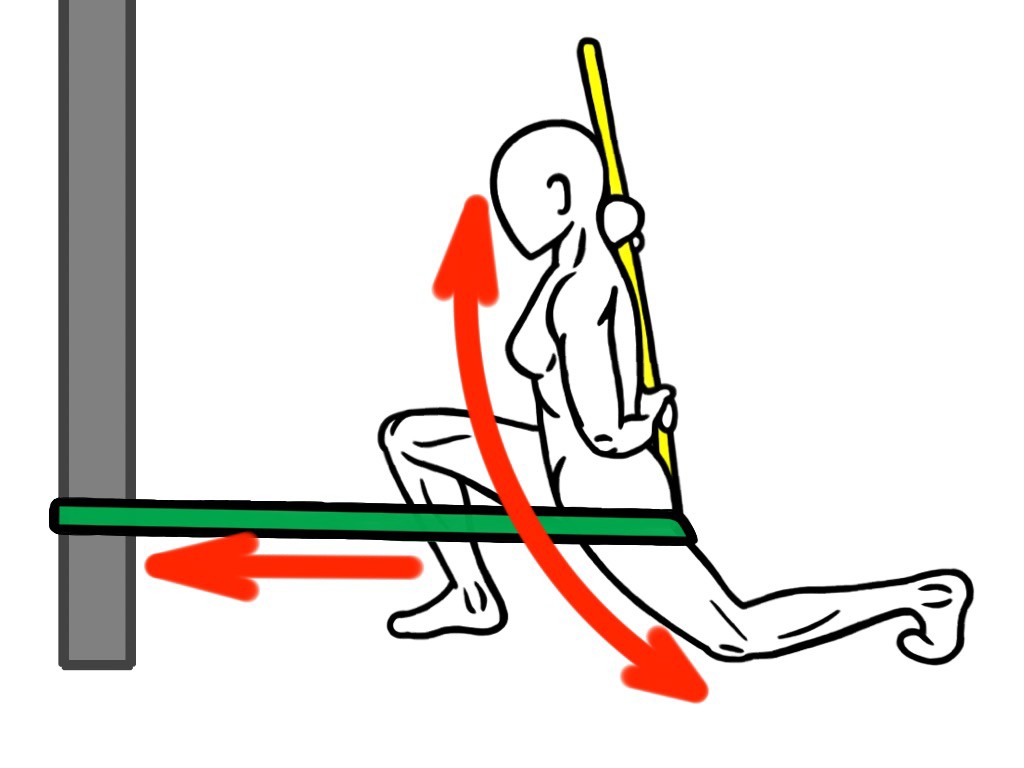
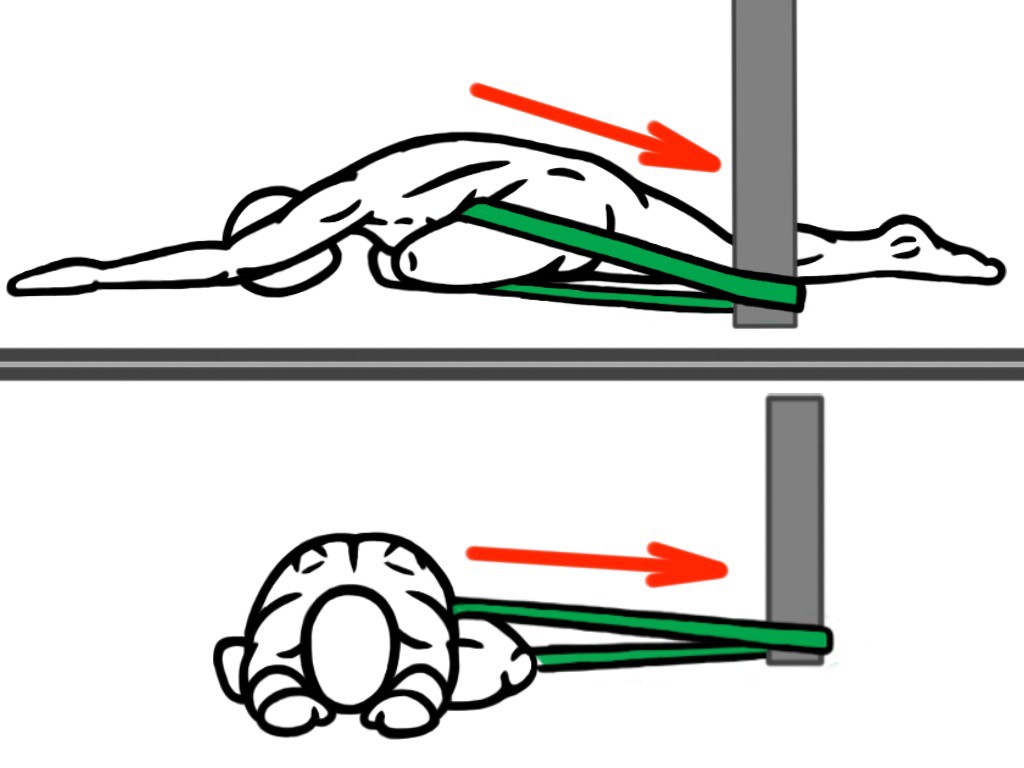
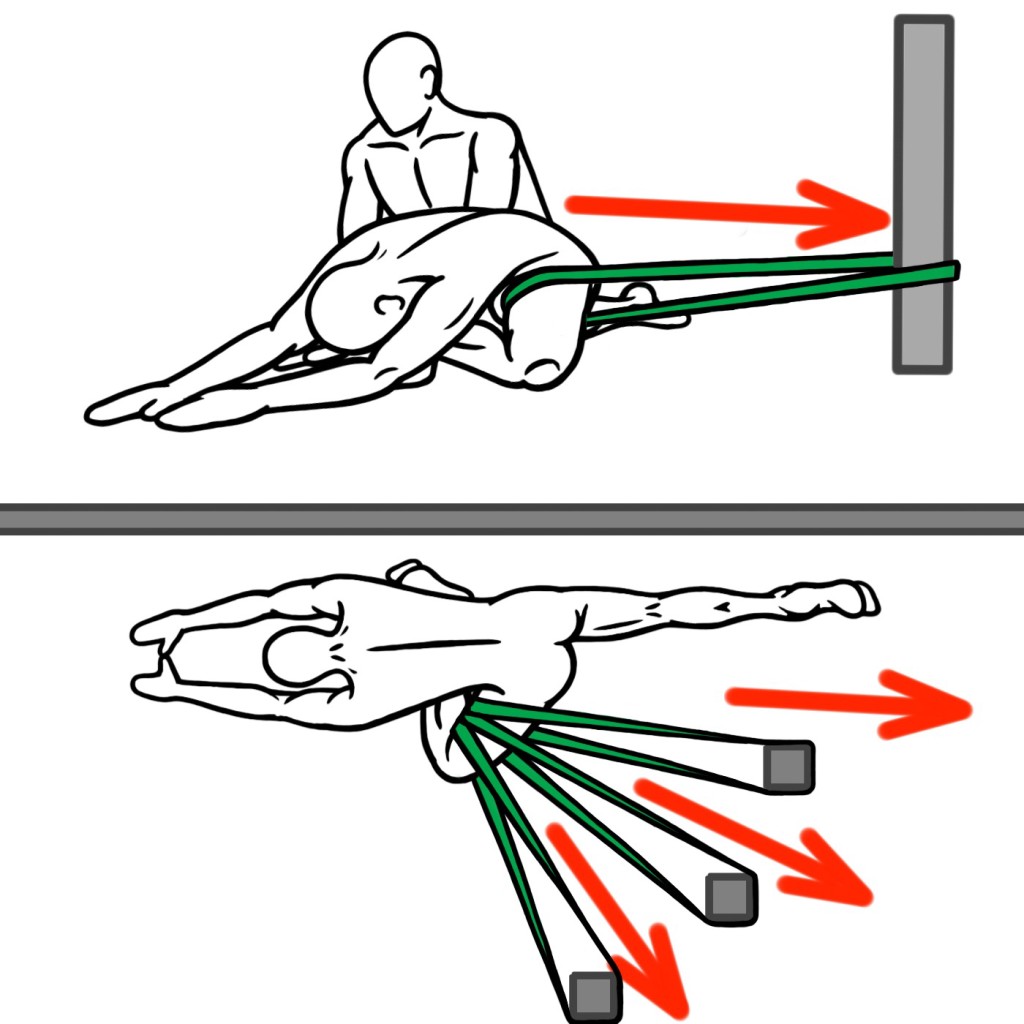
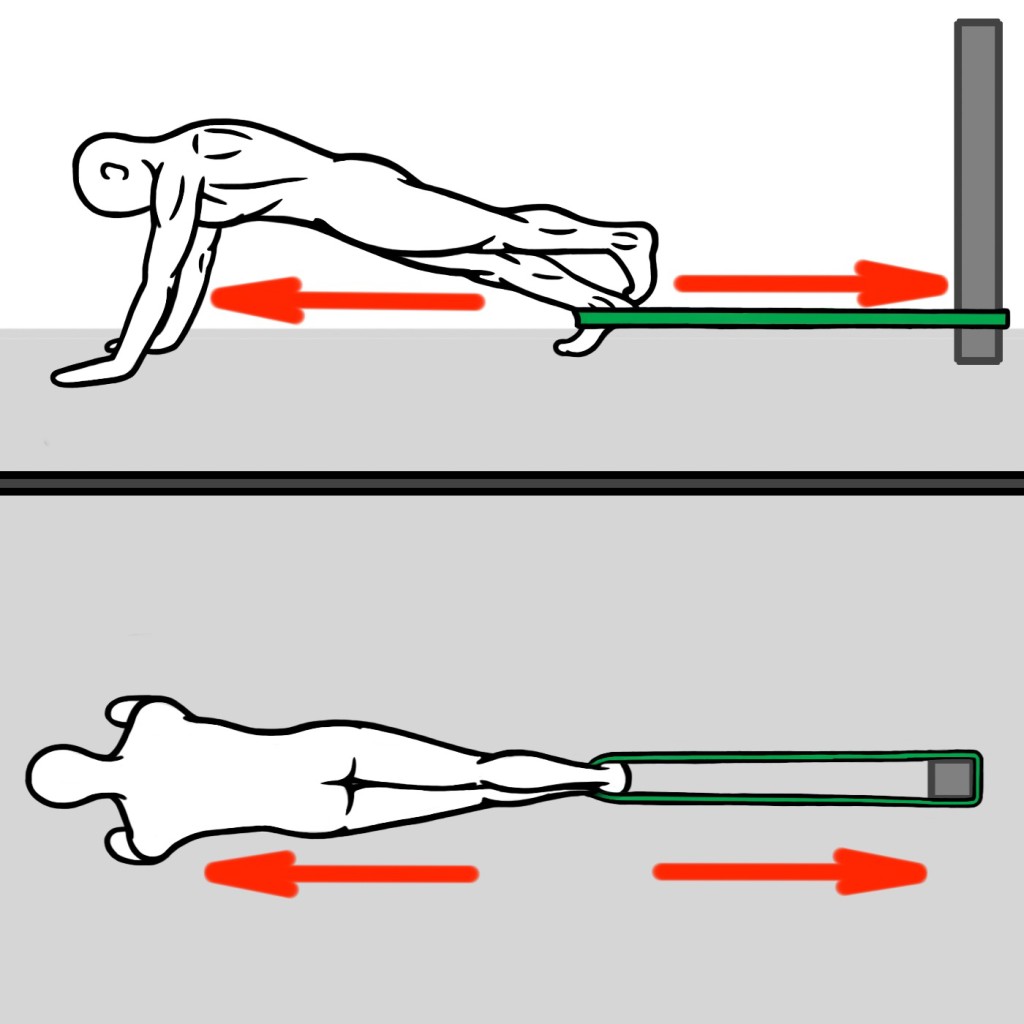
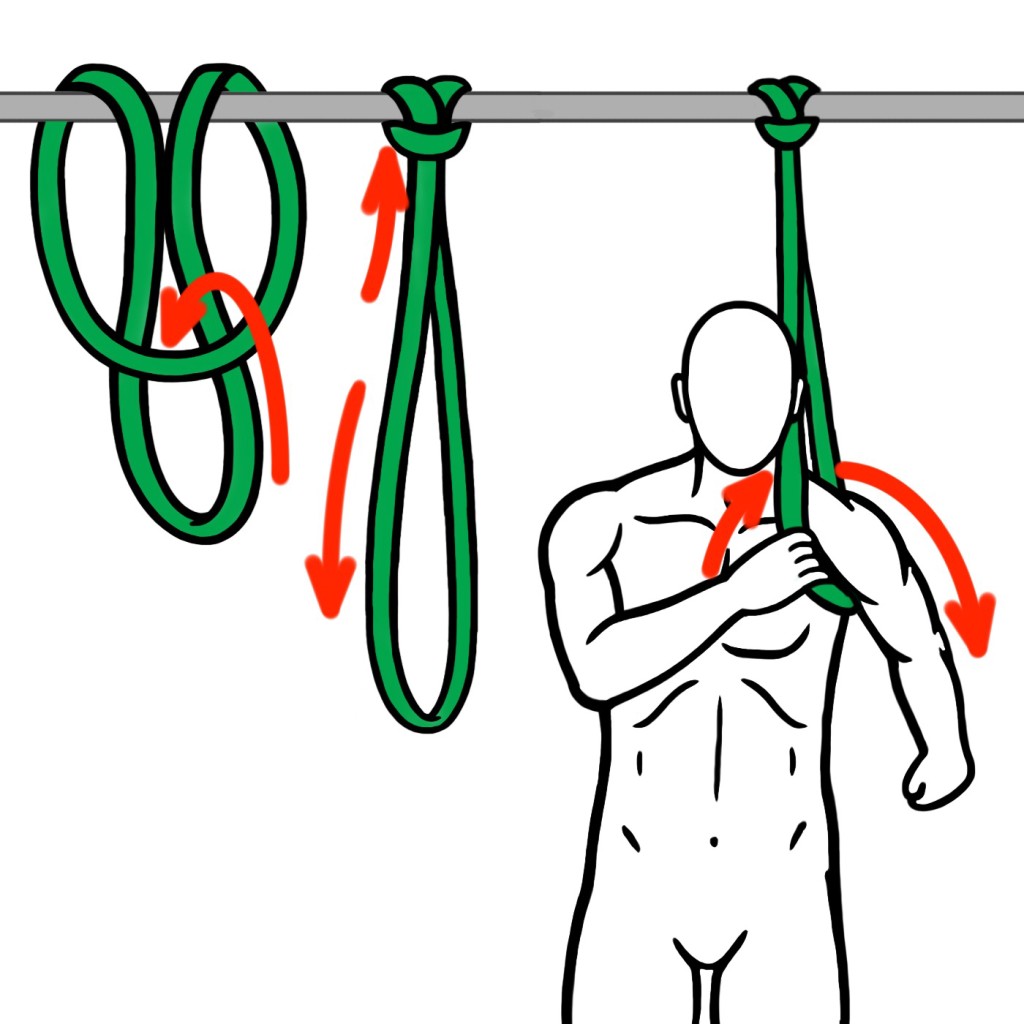
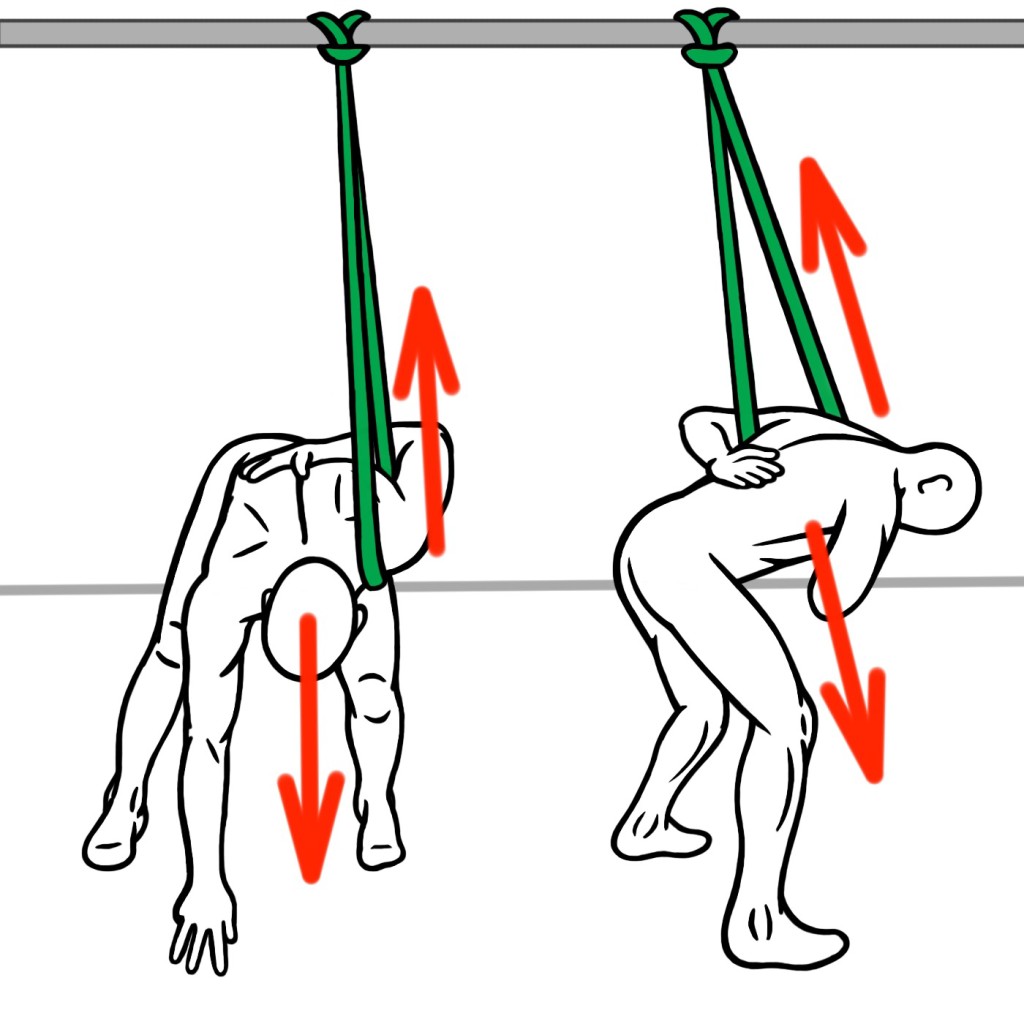
One thought on “The Art of Stretching”